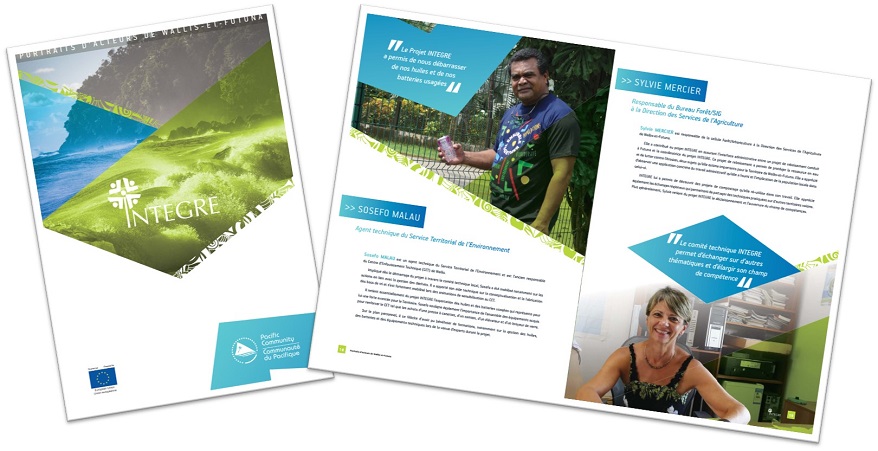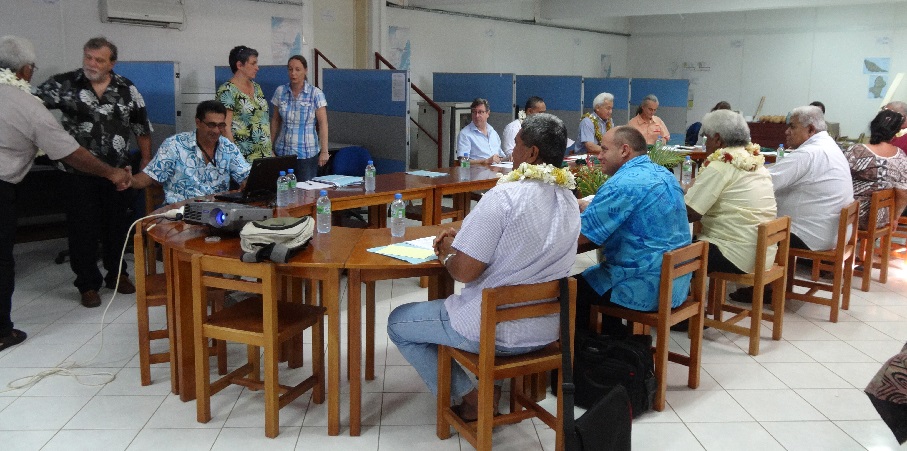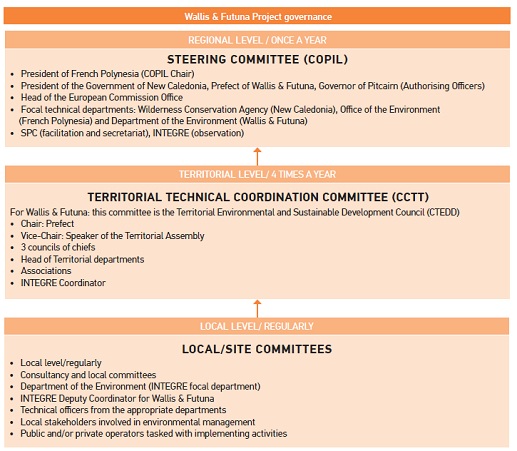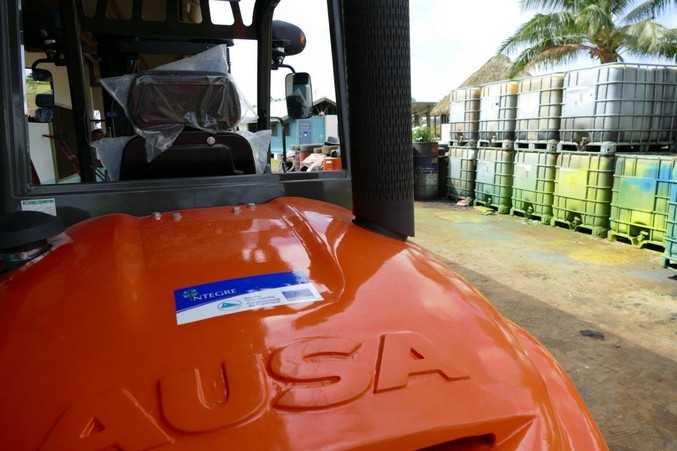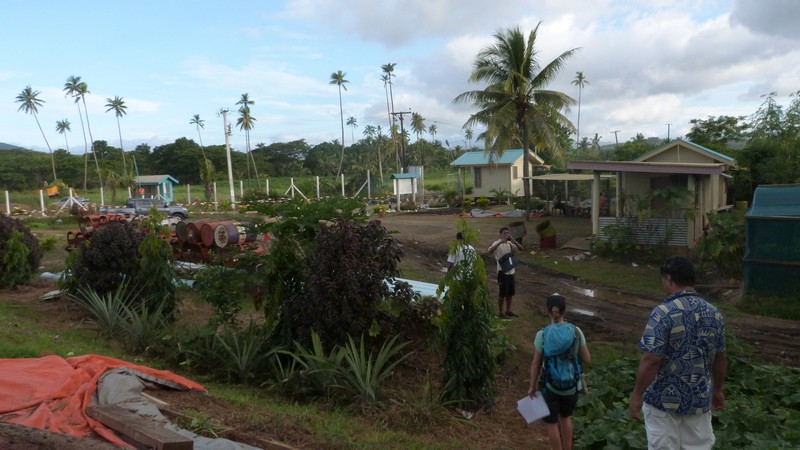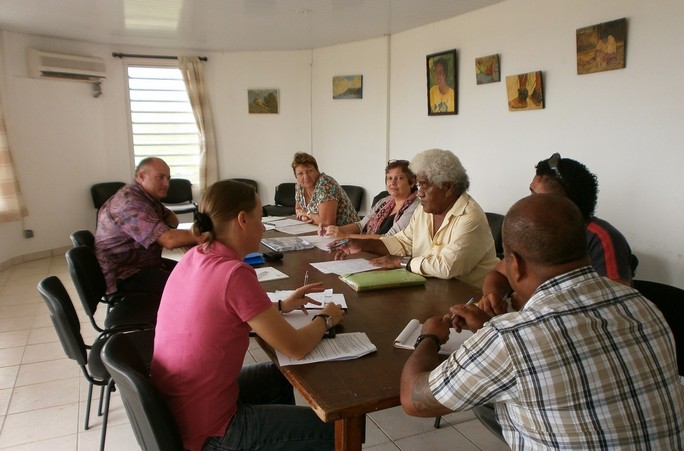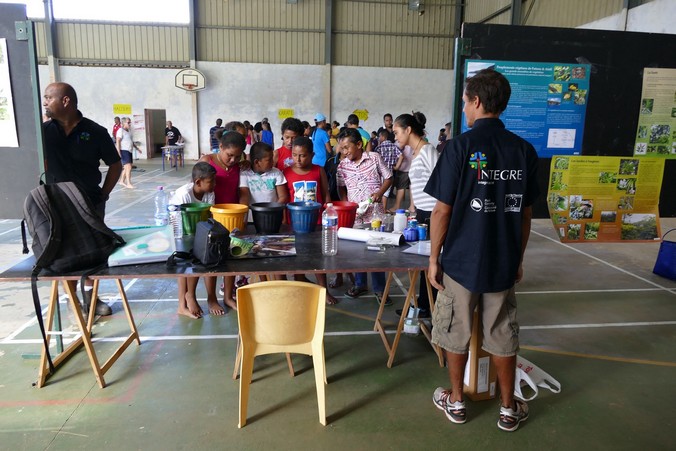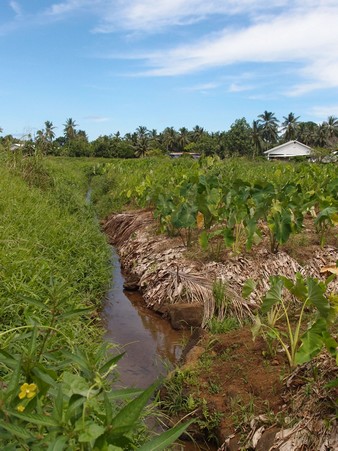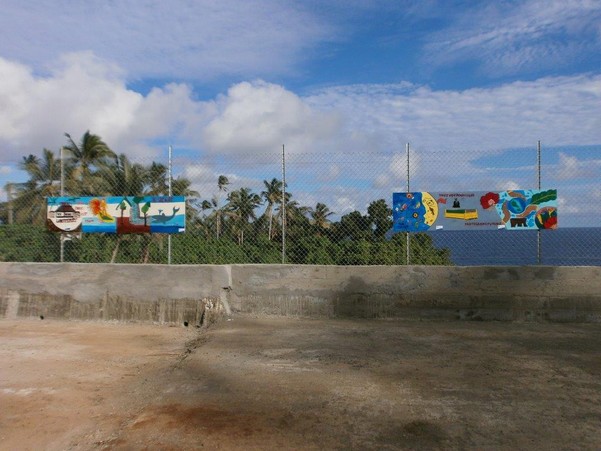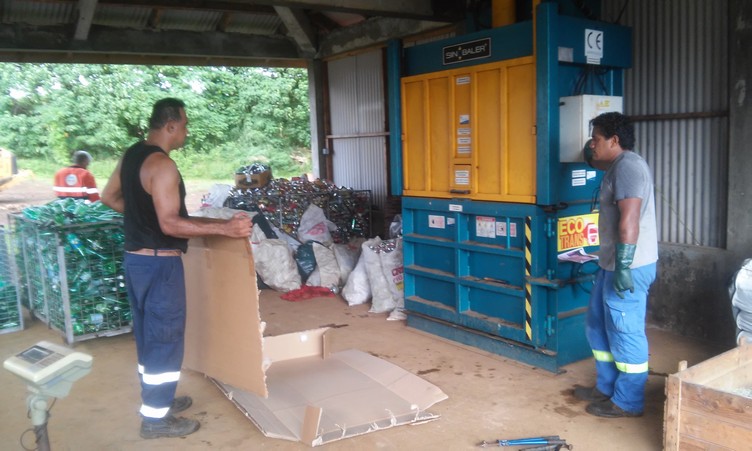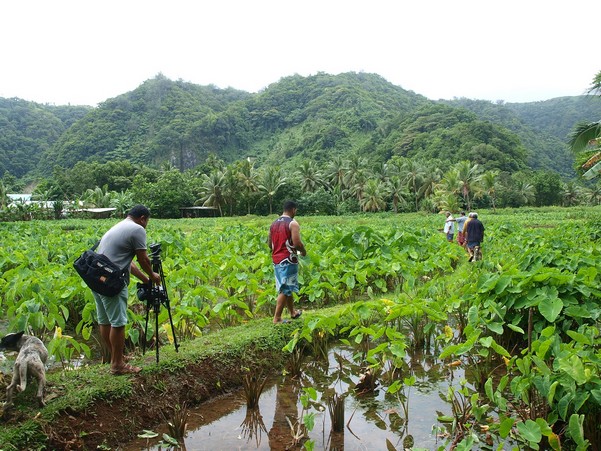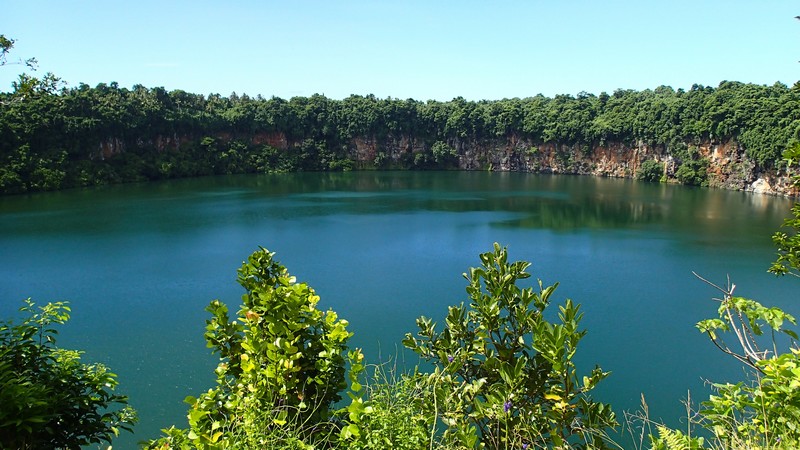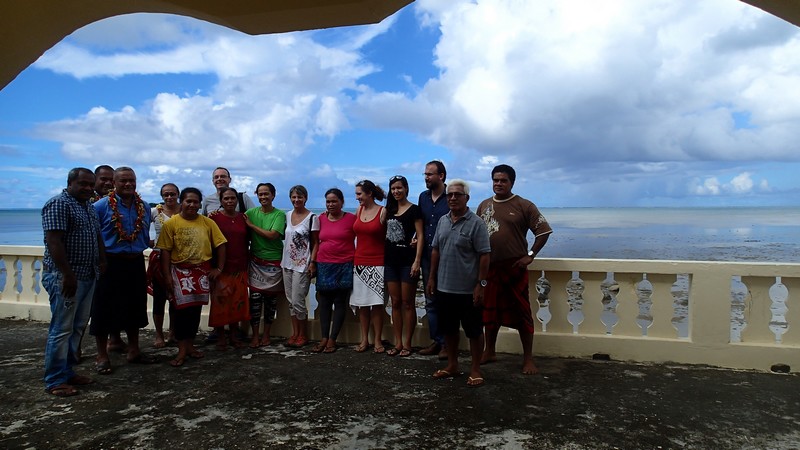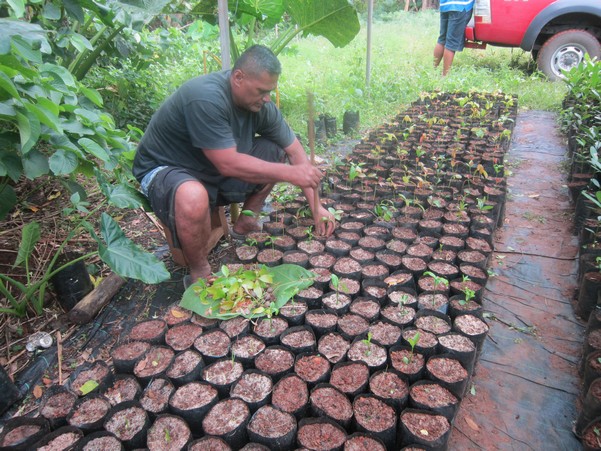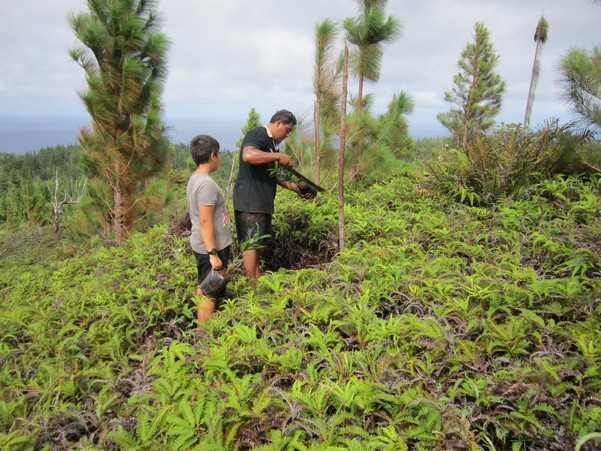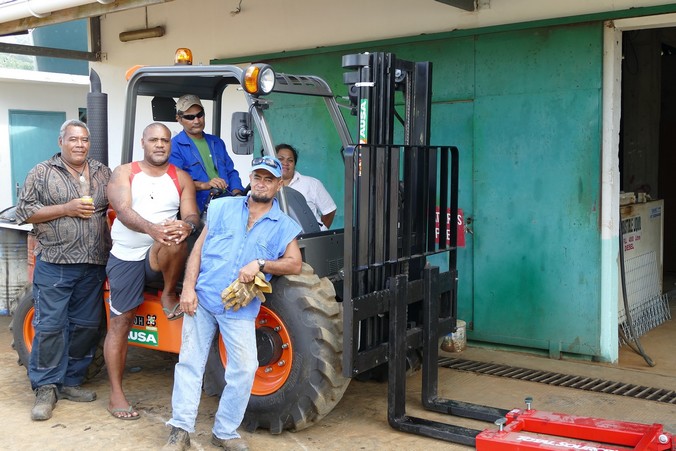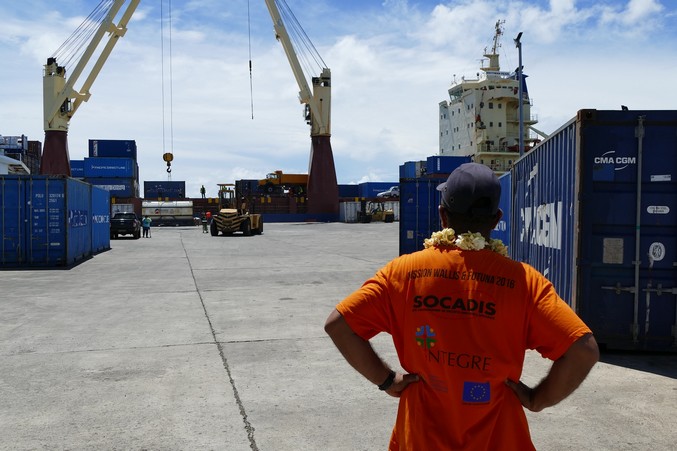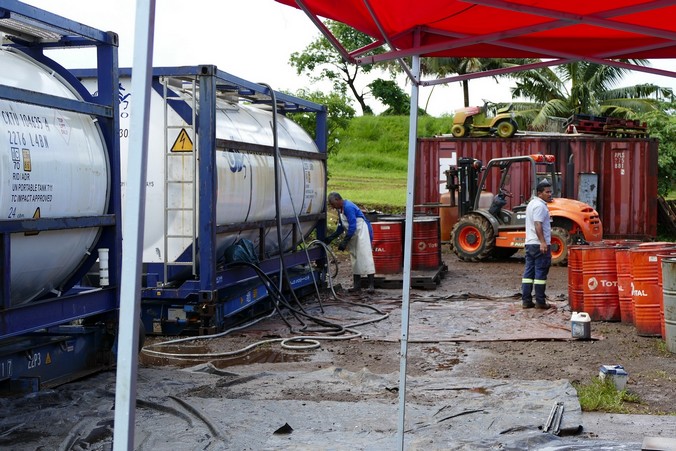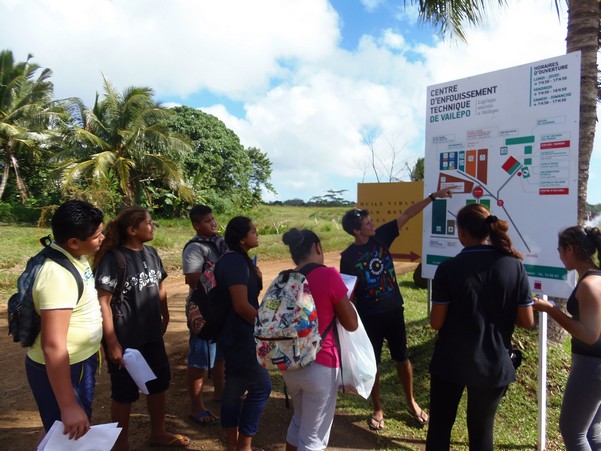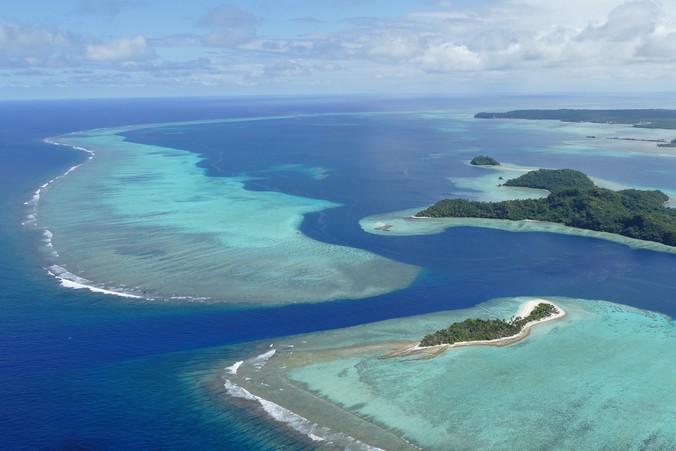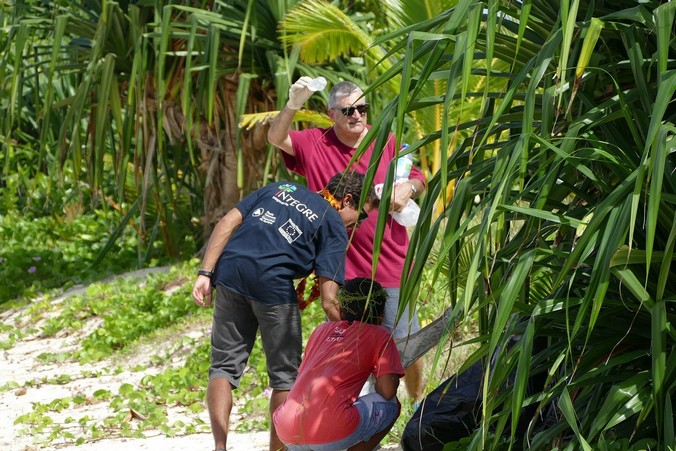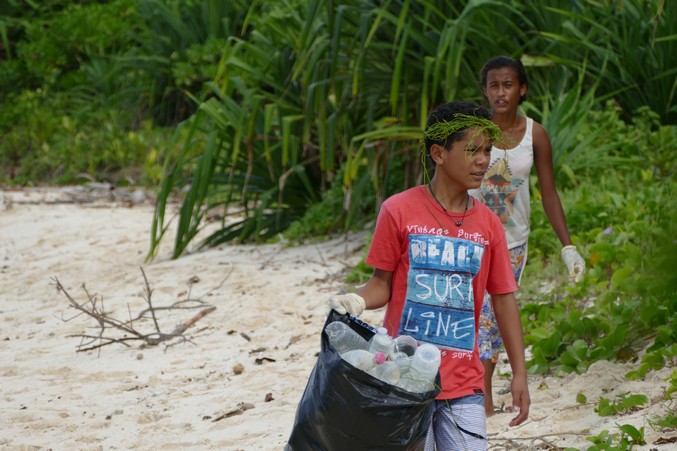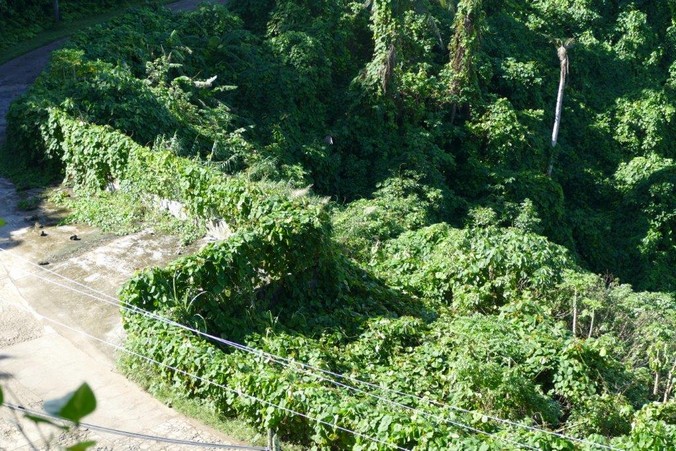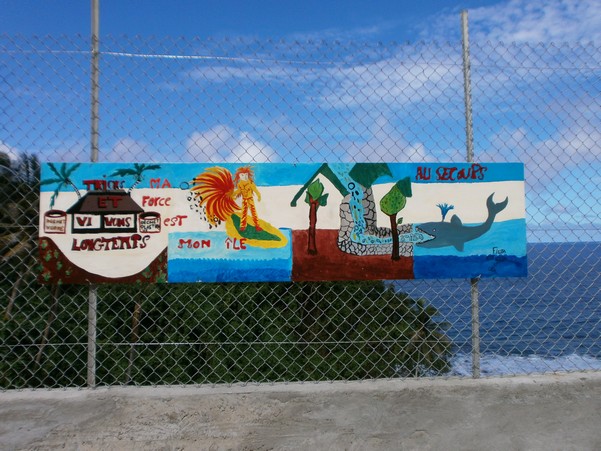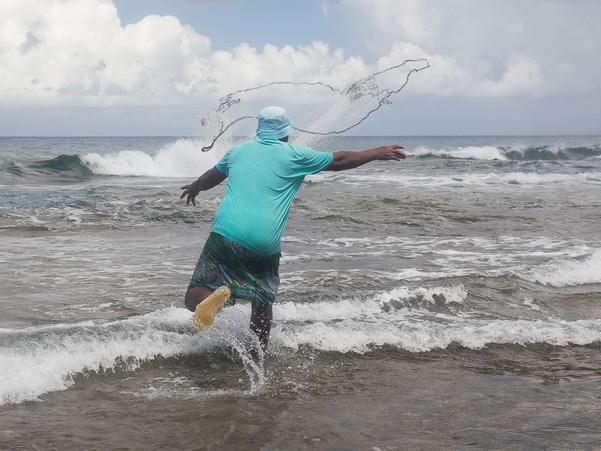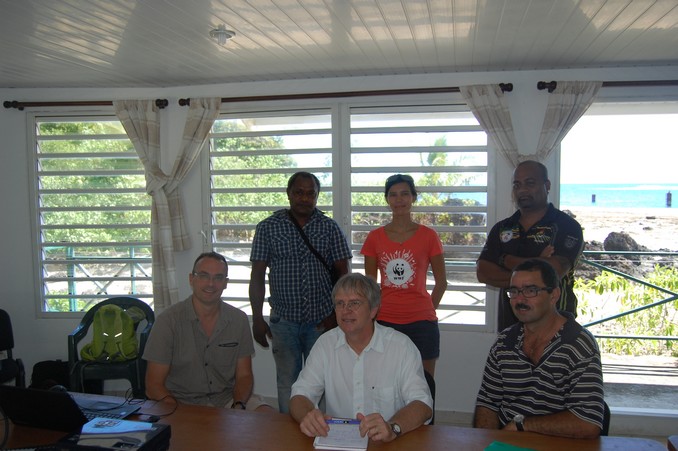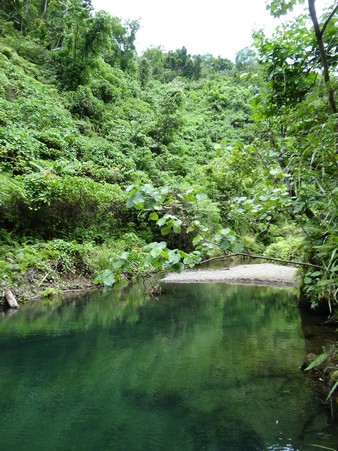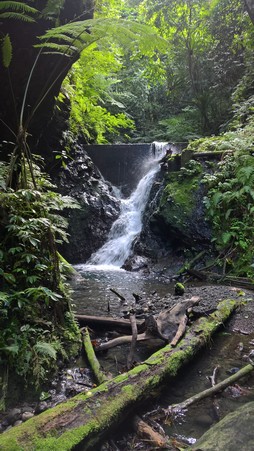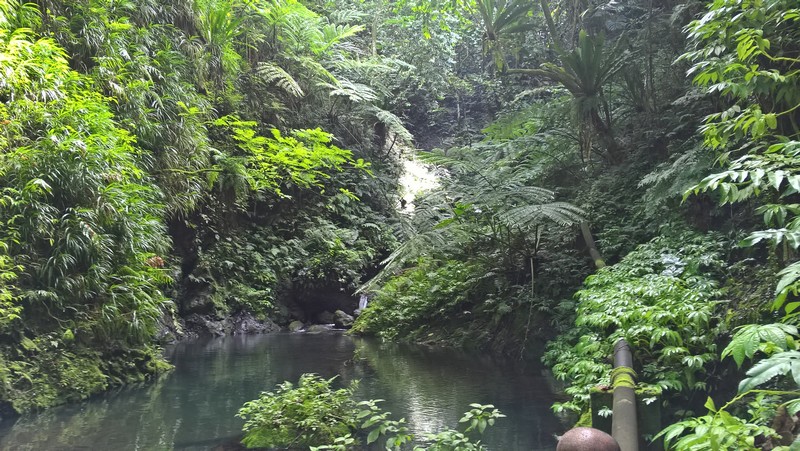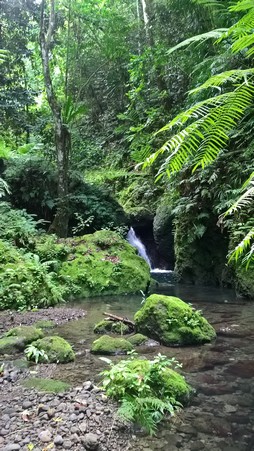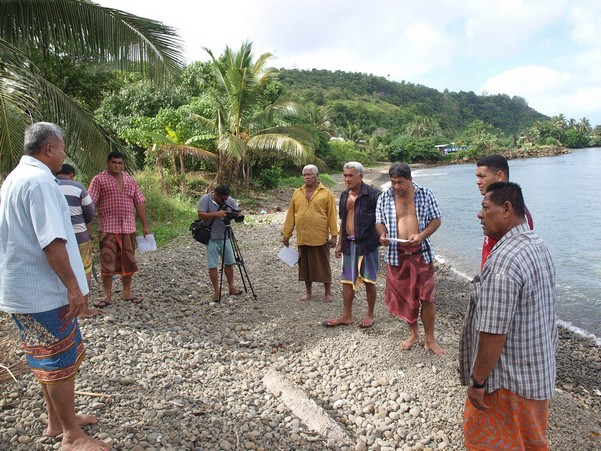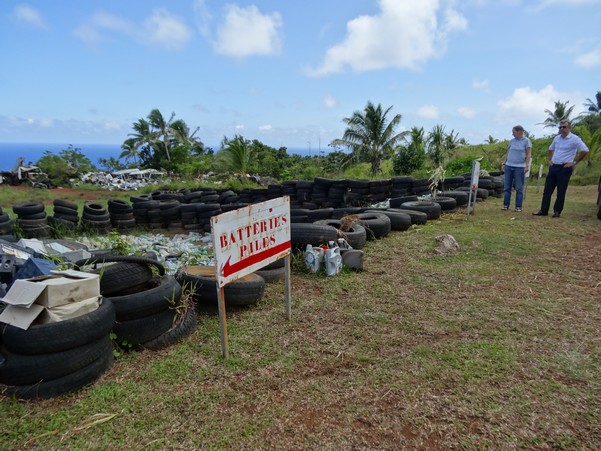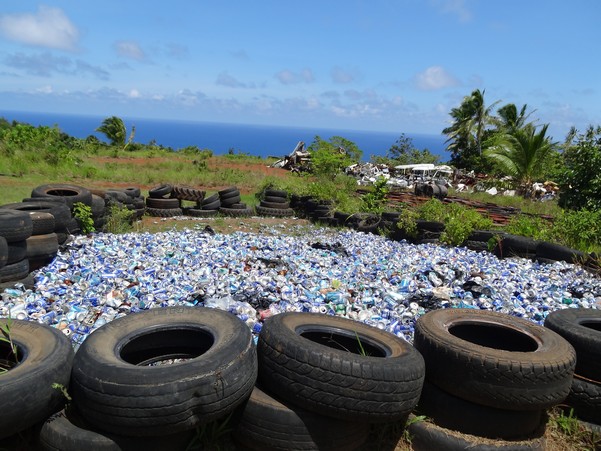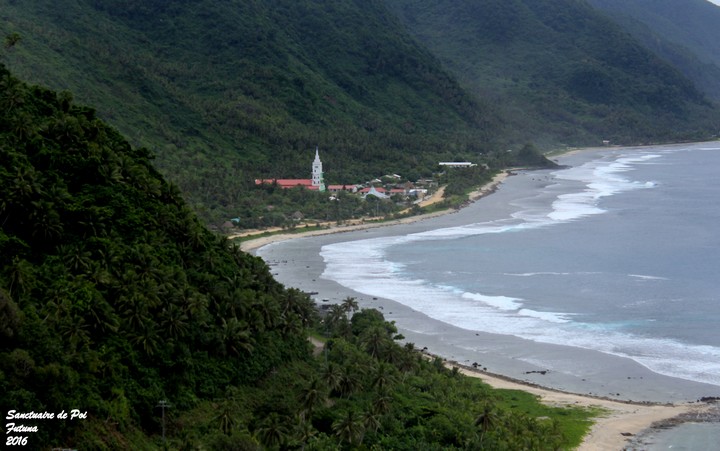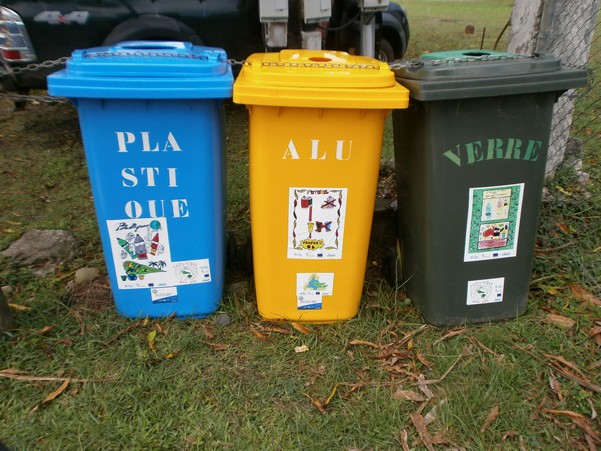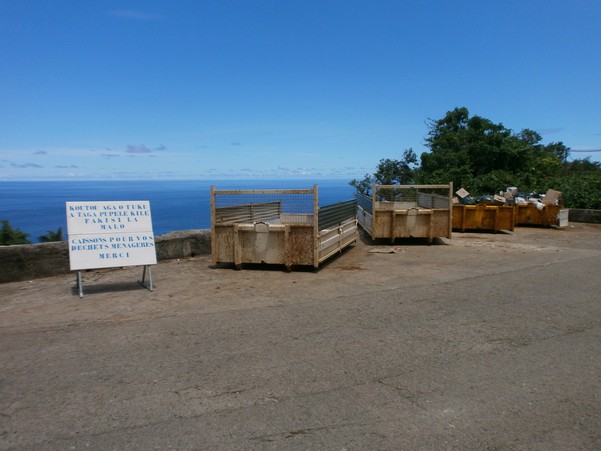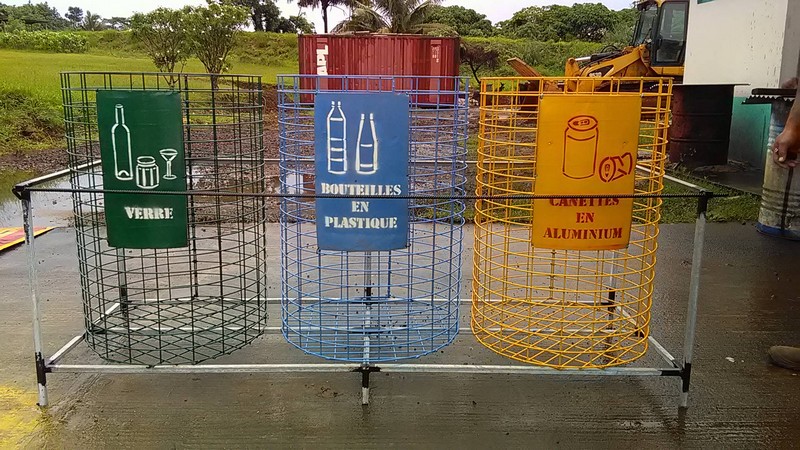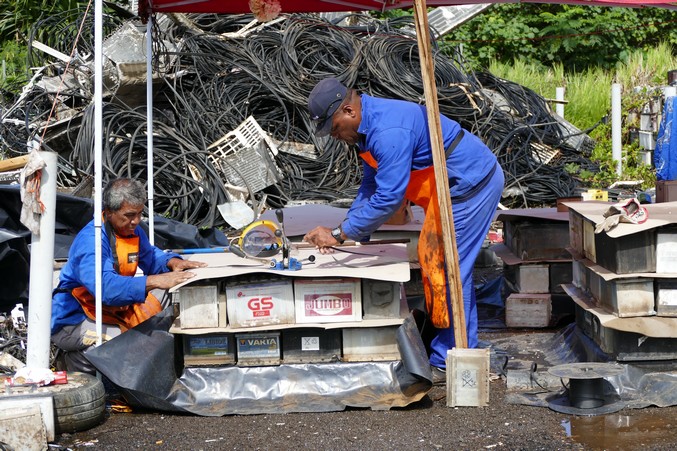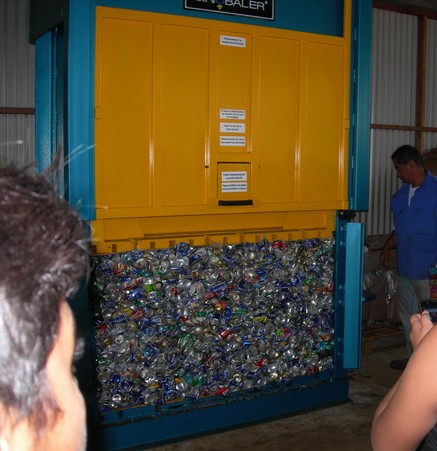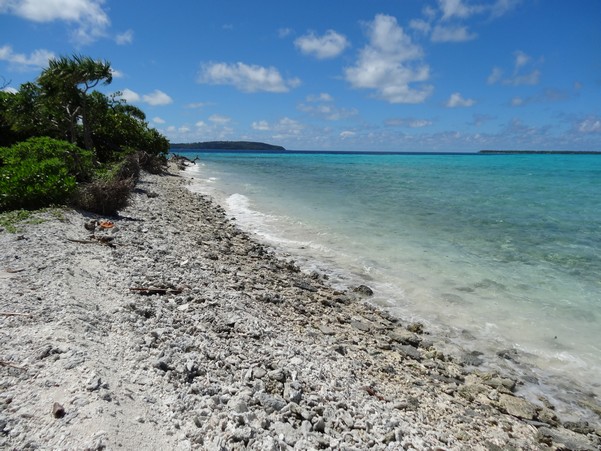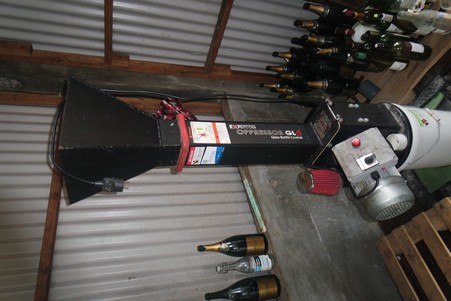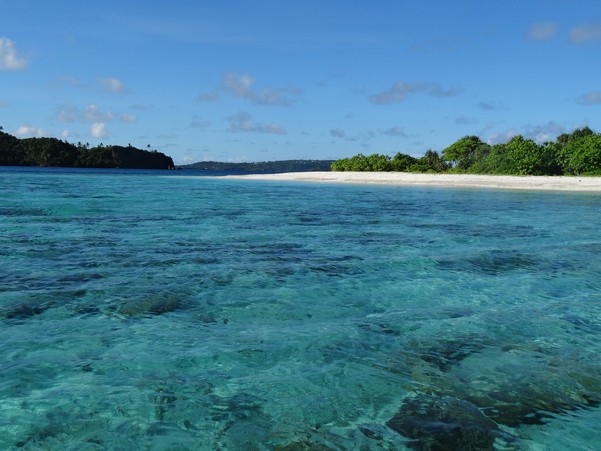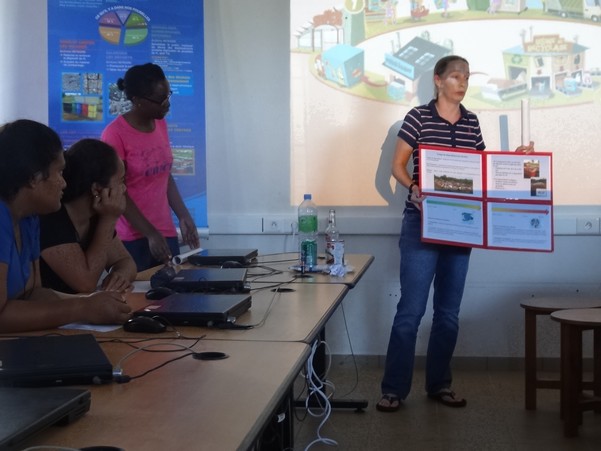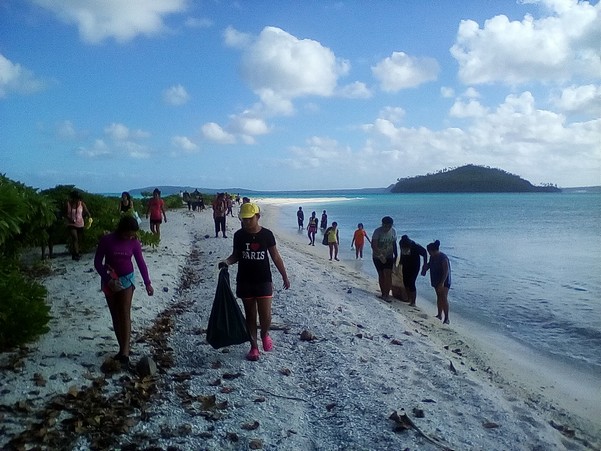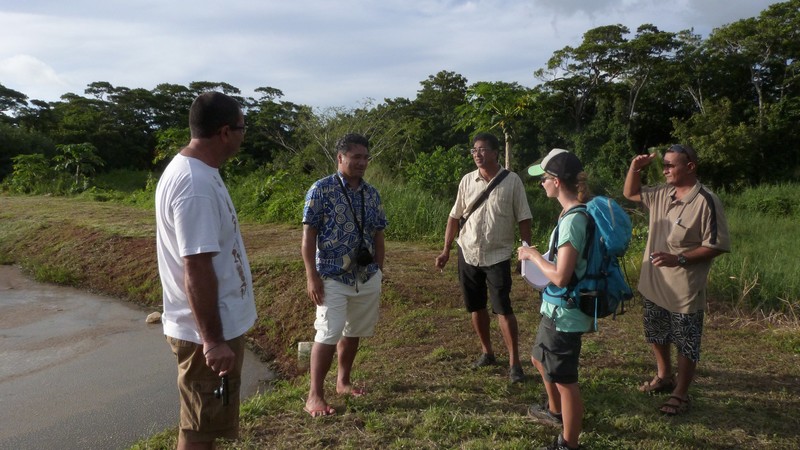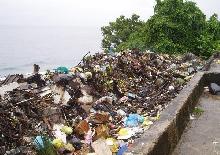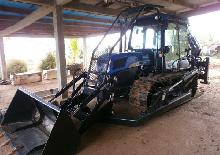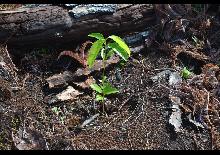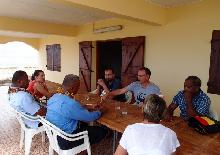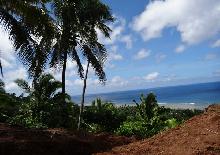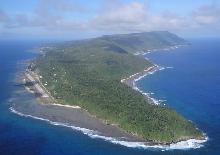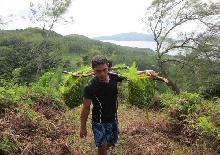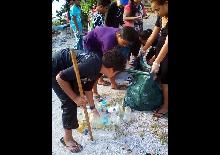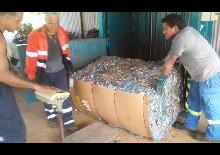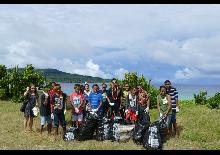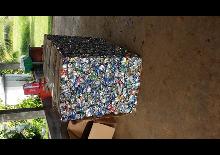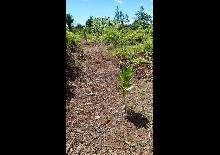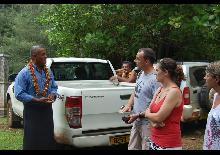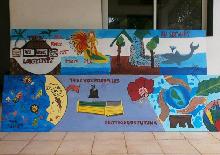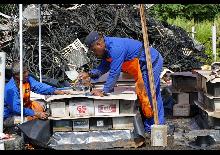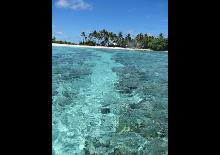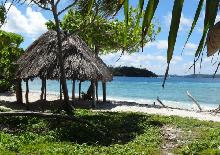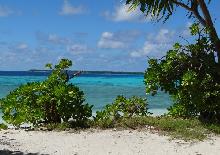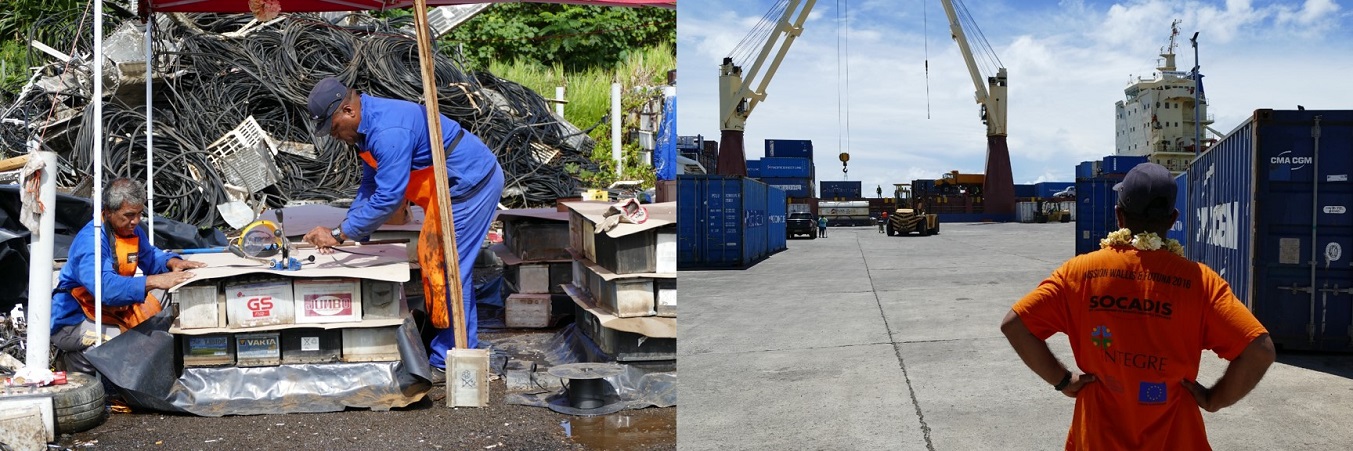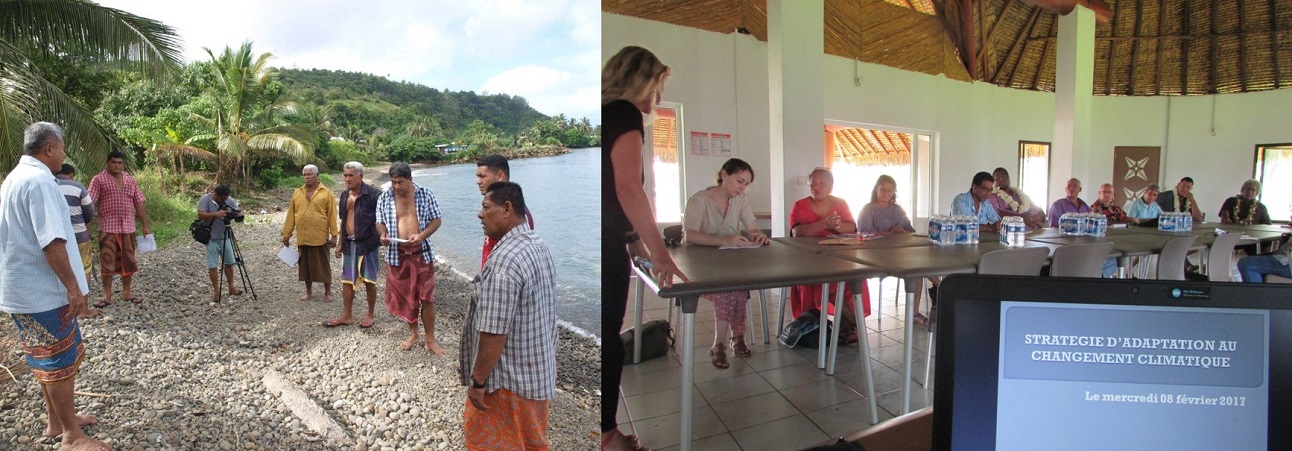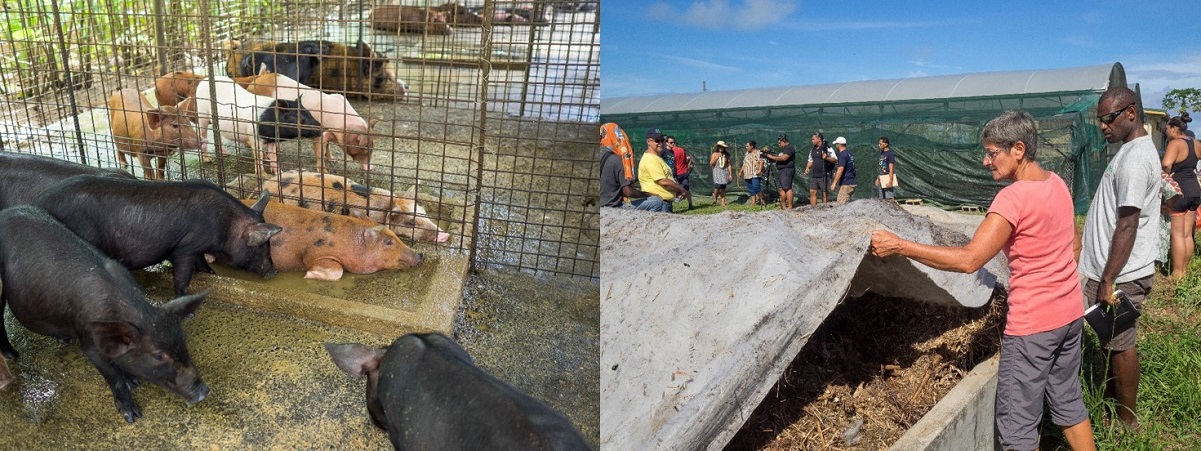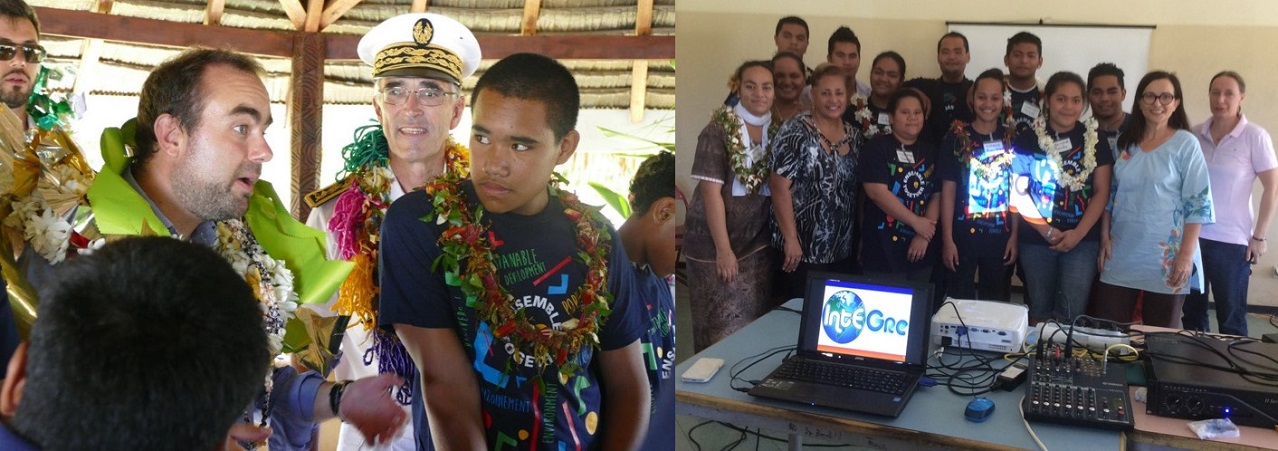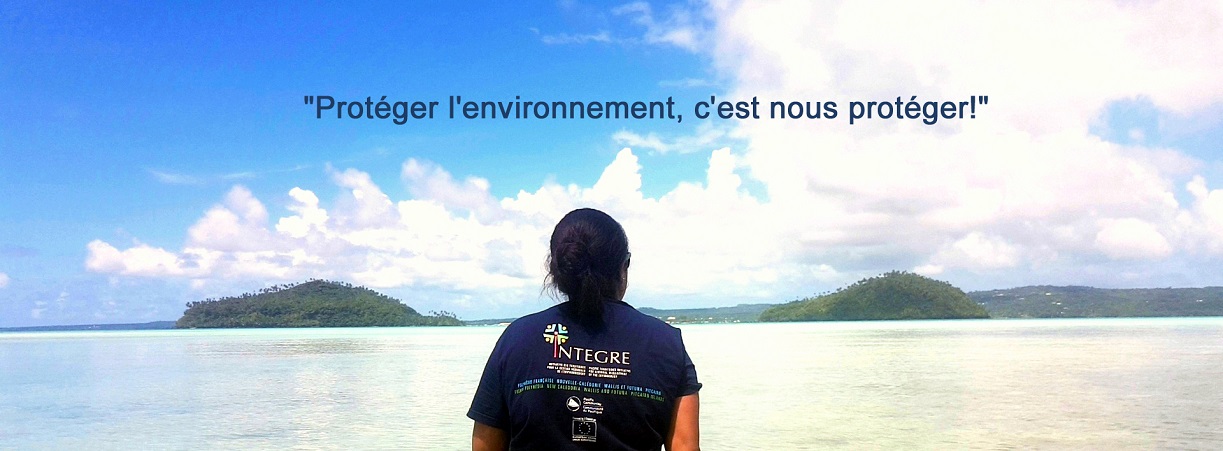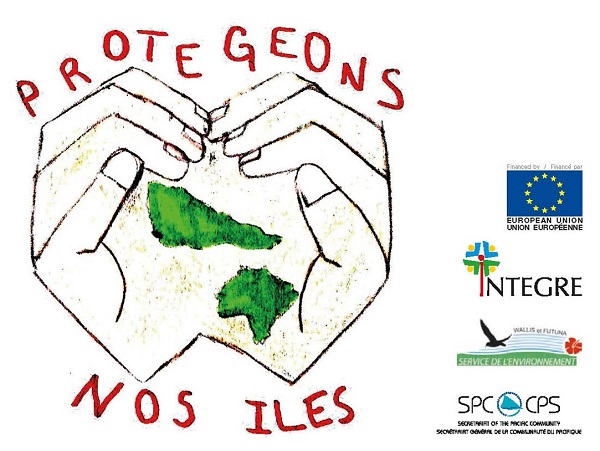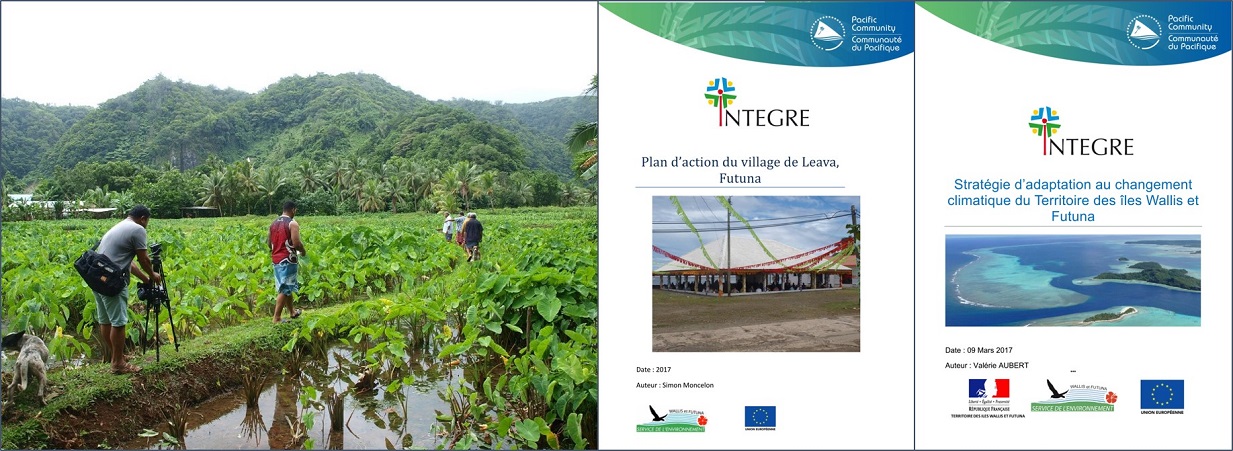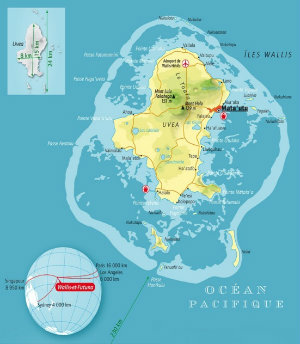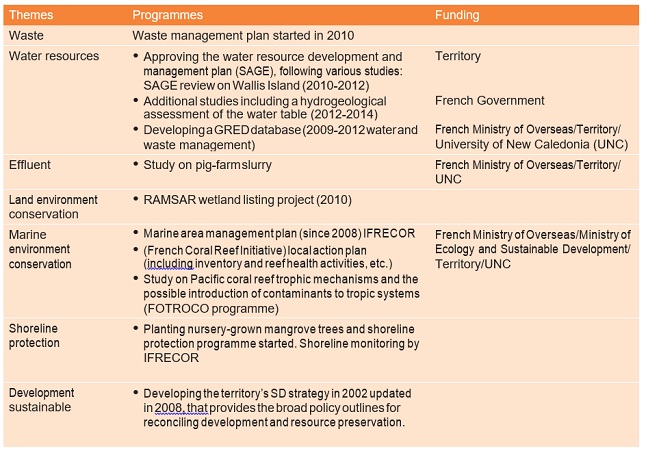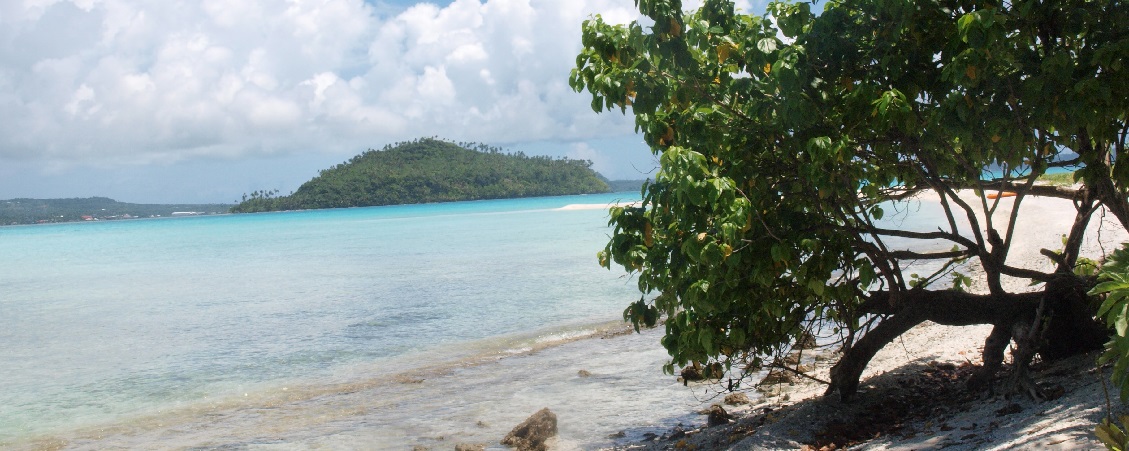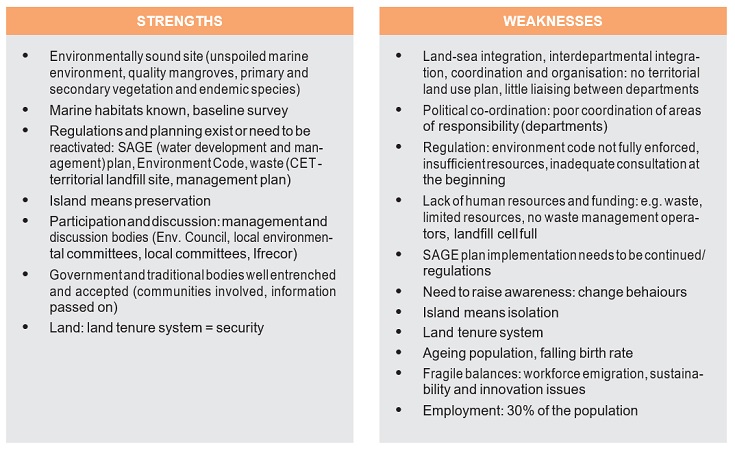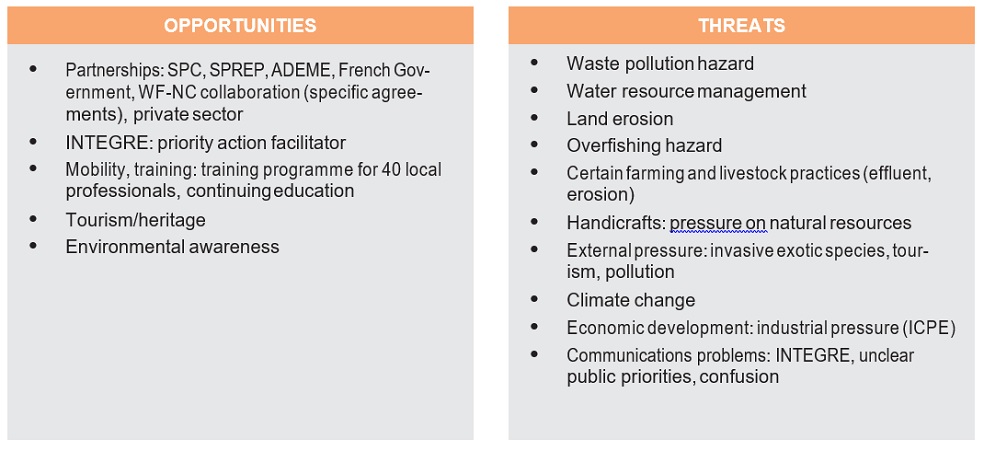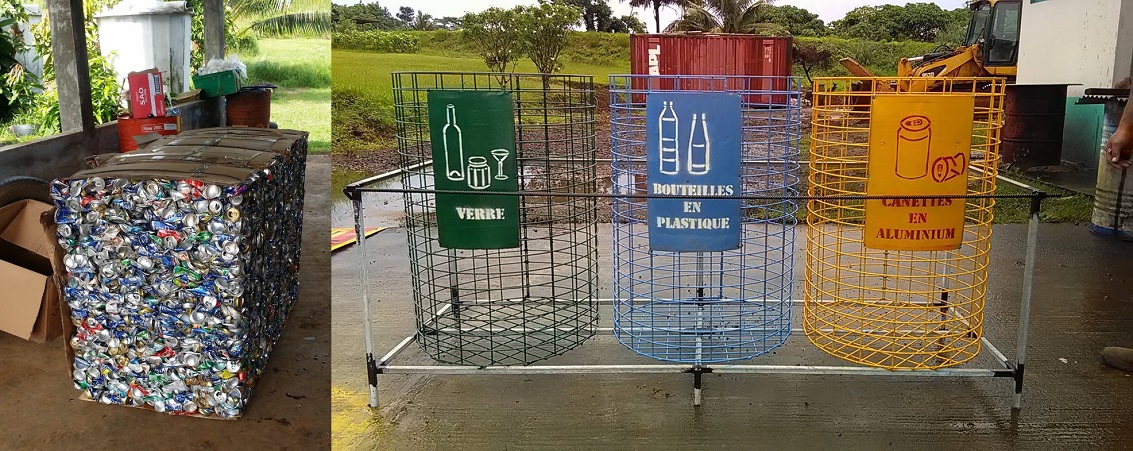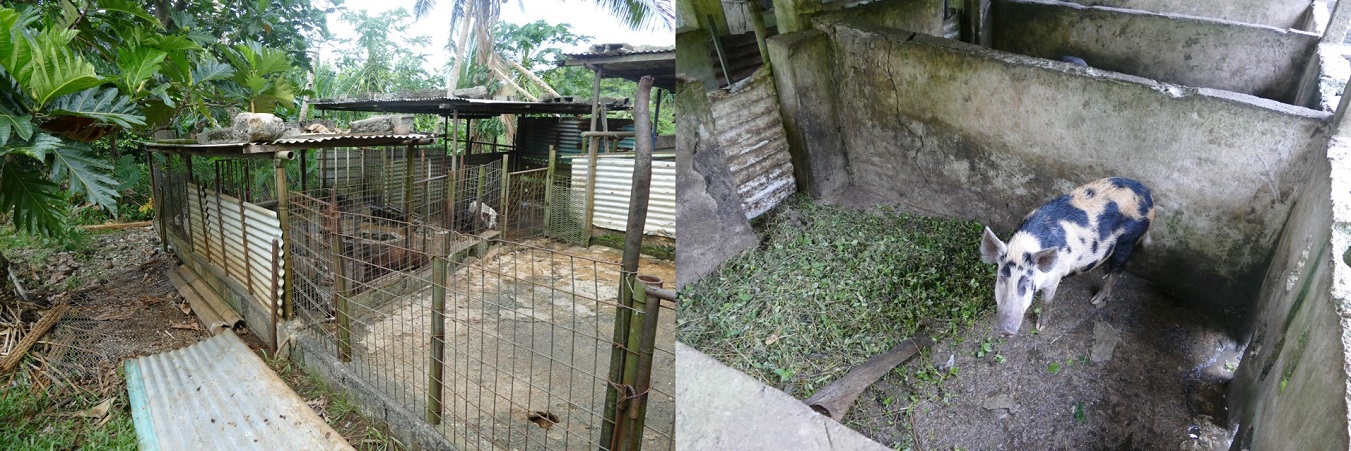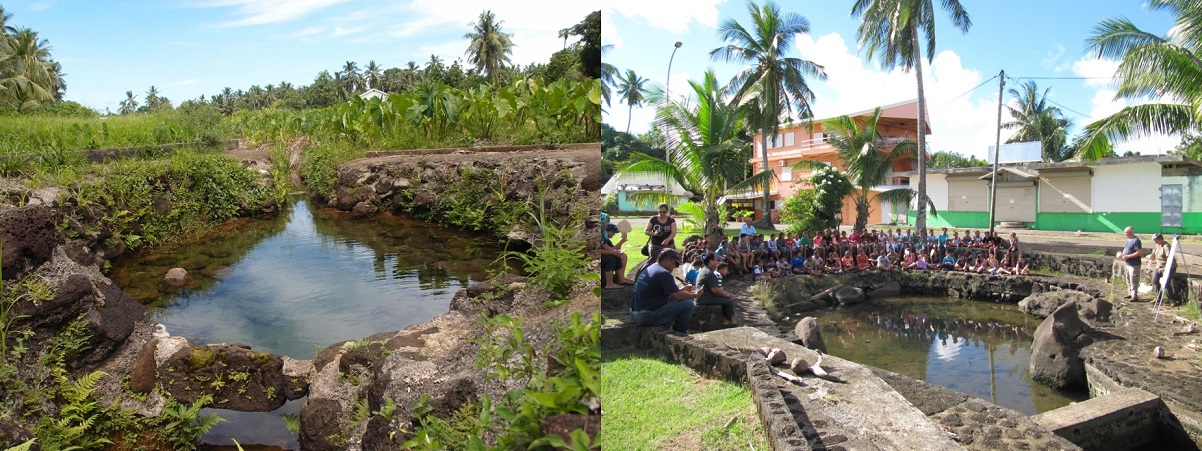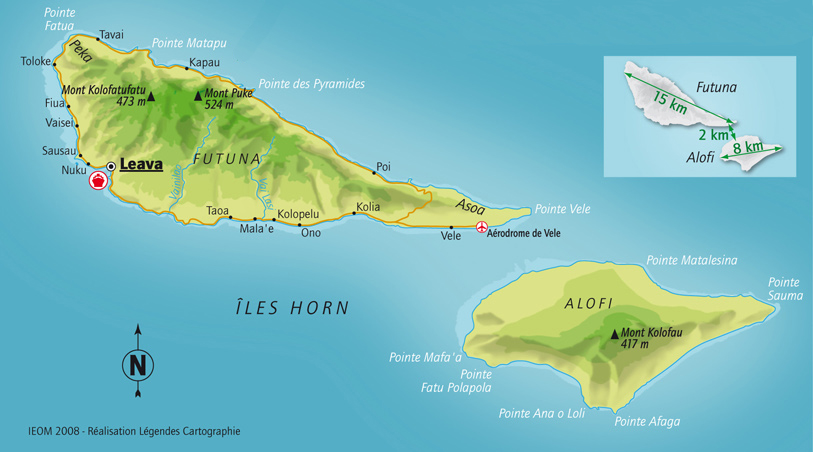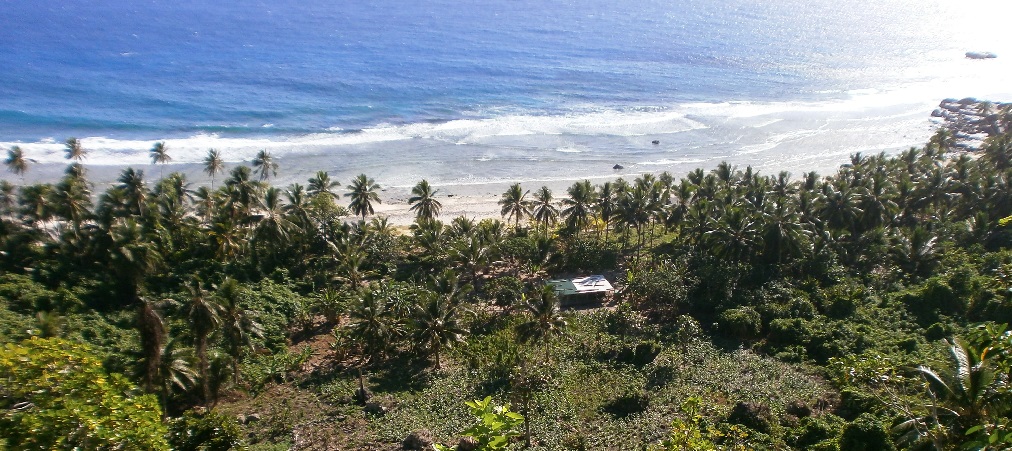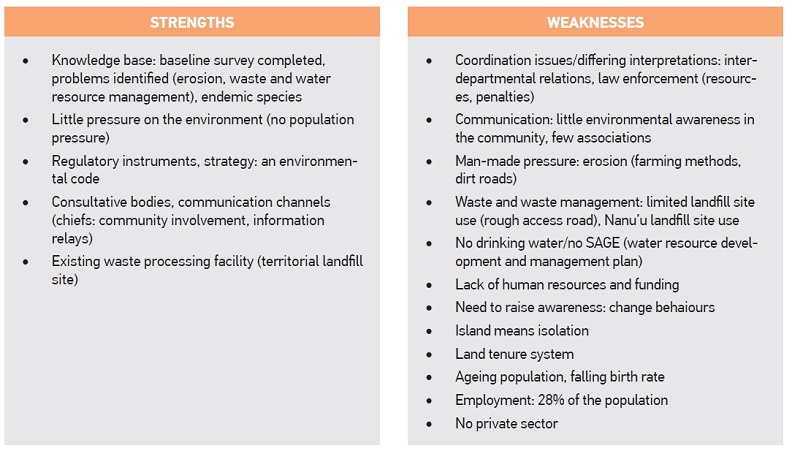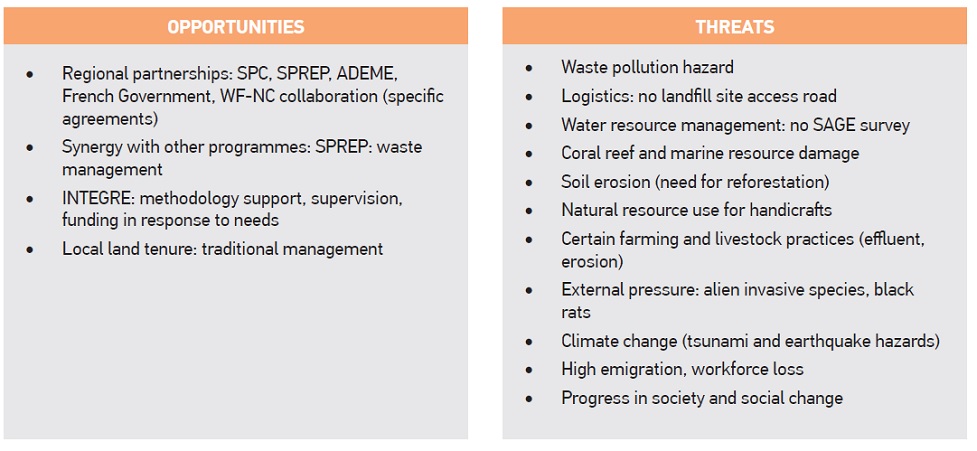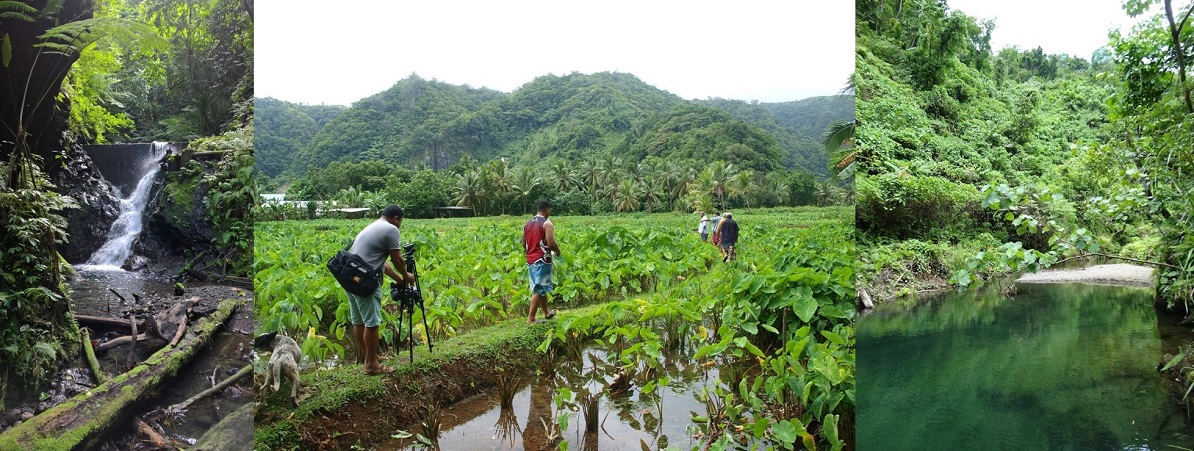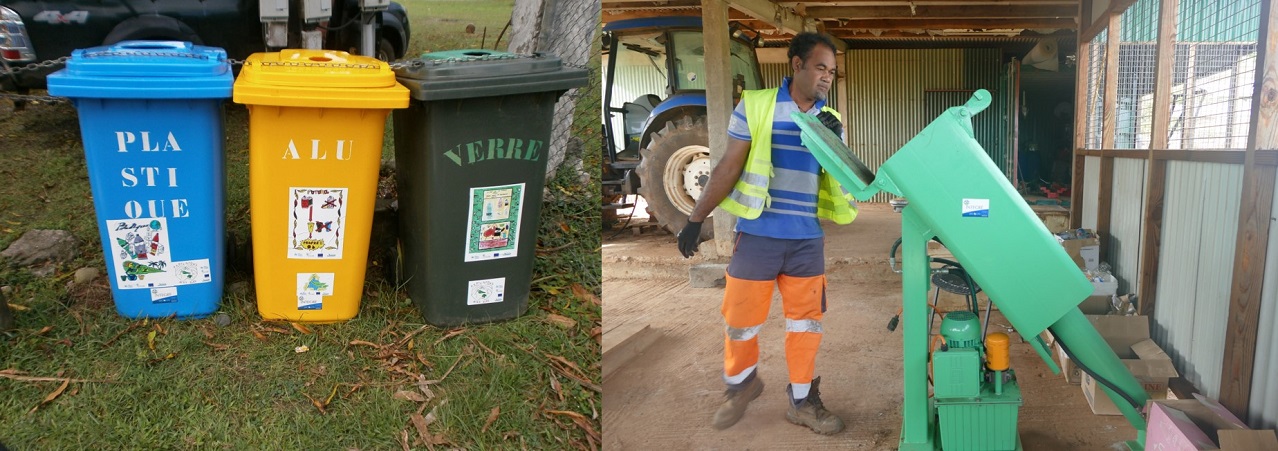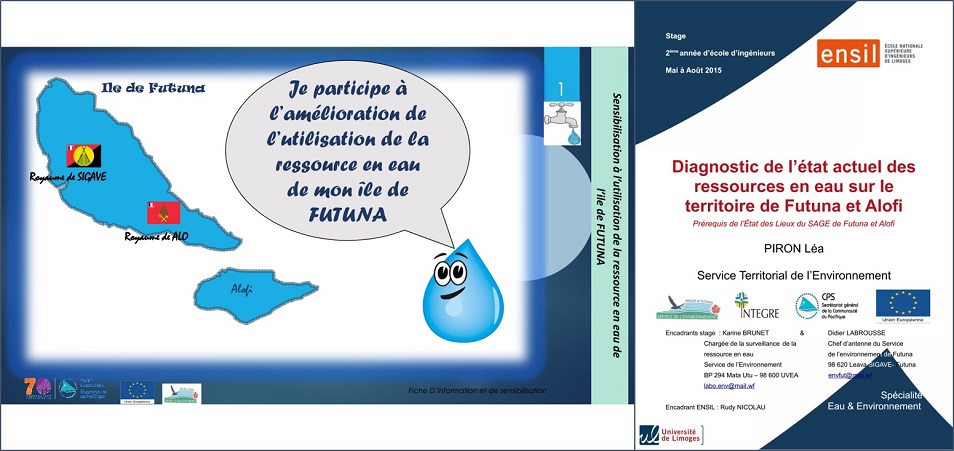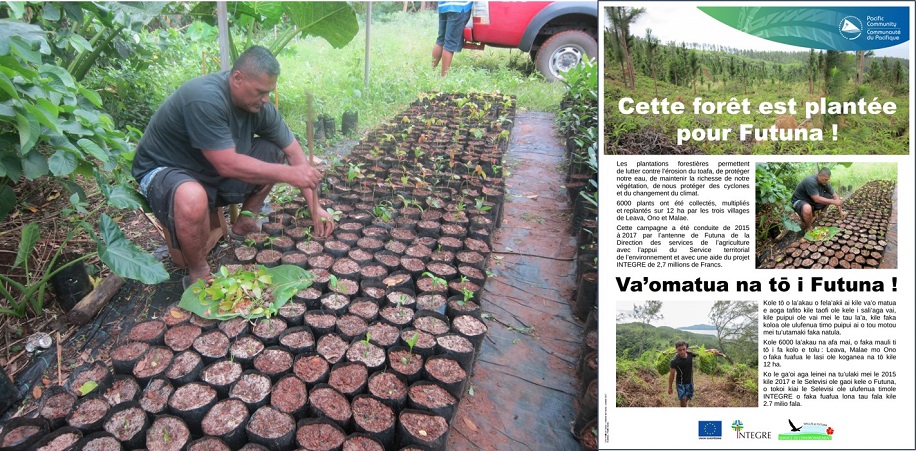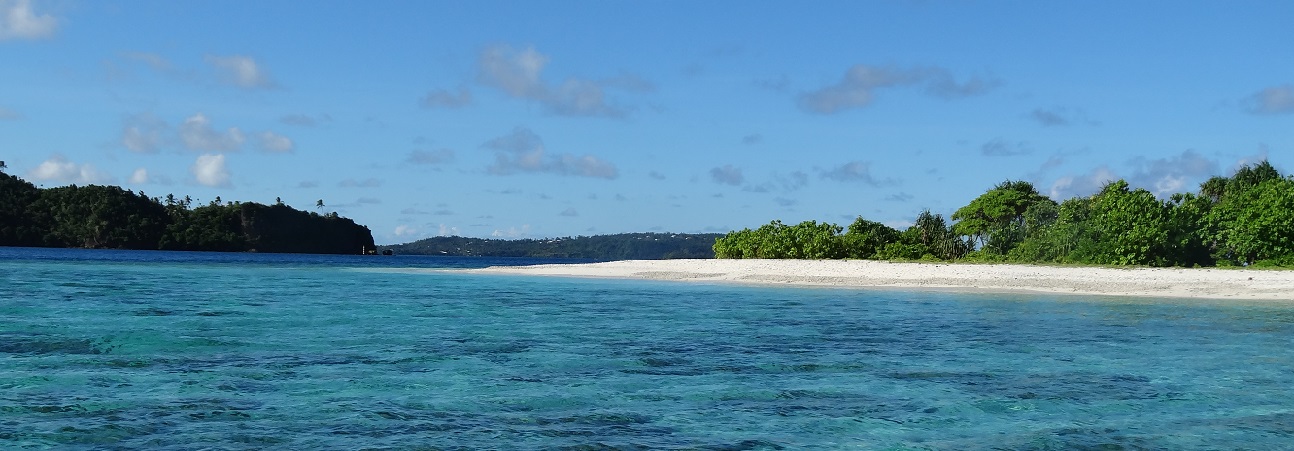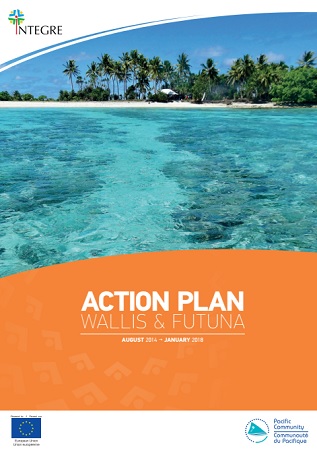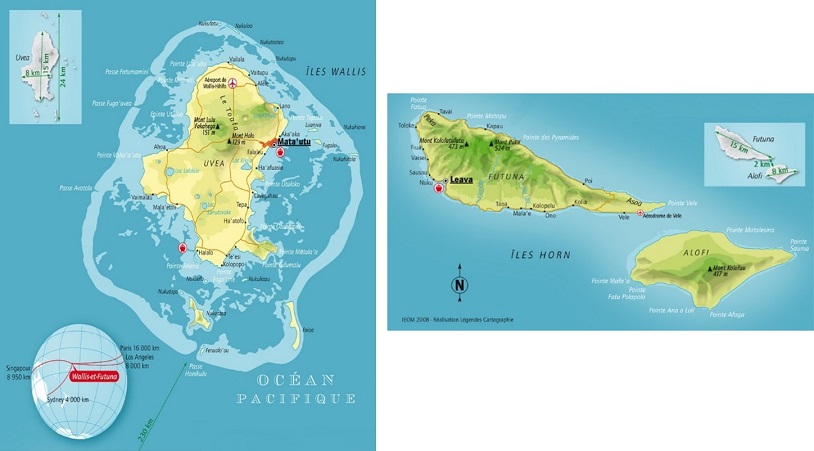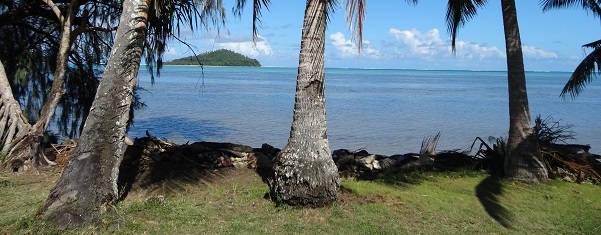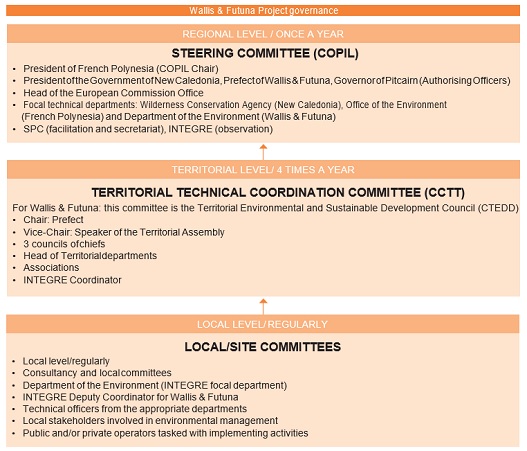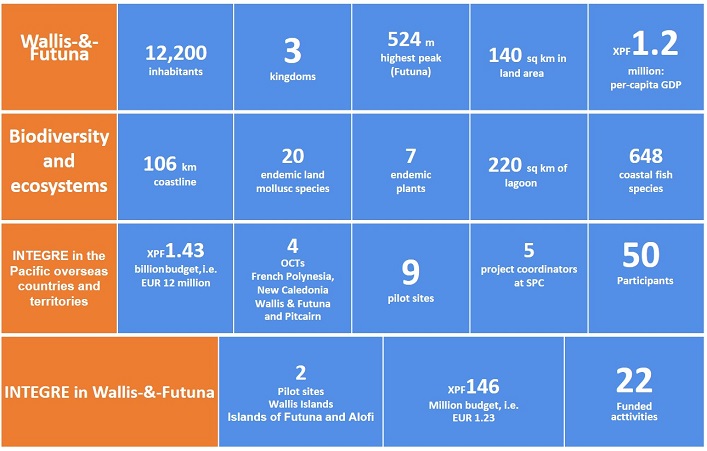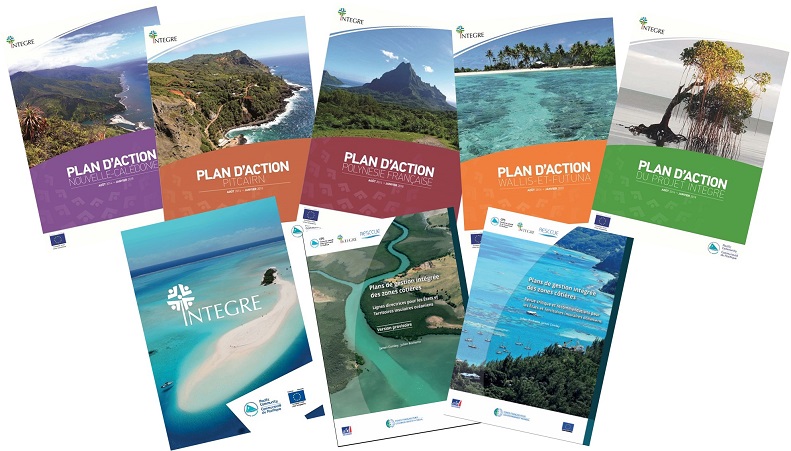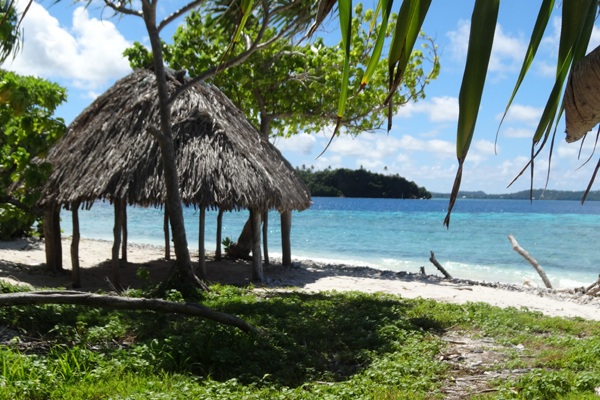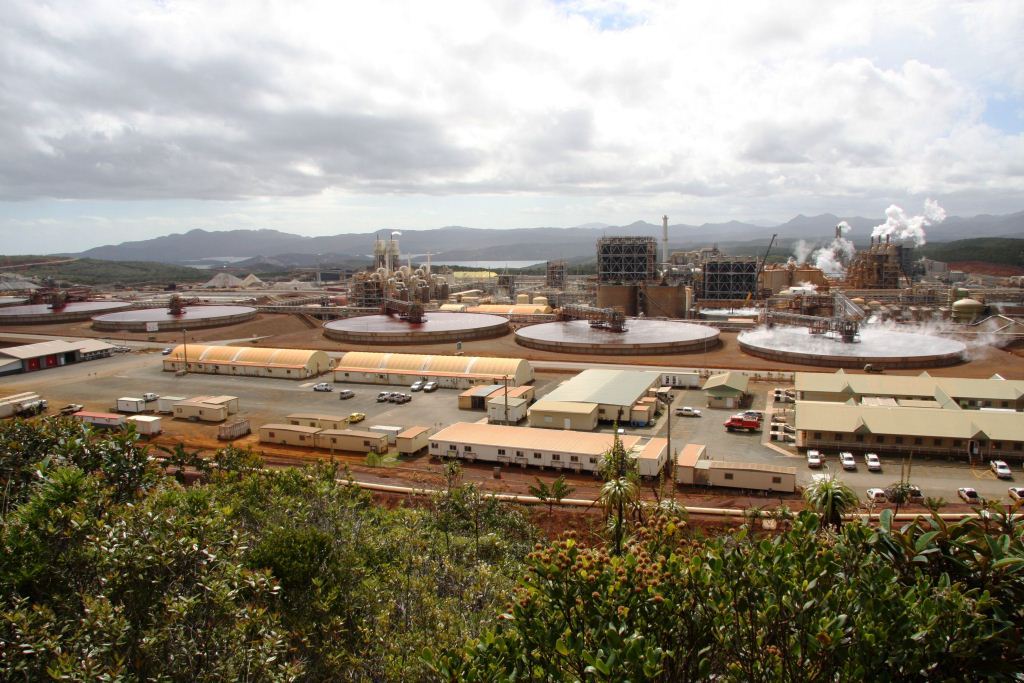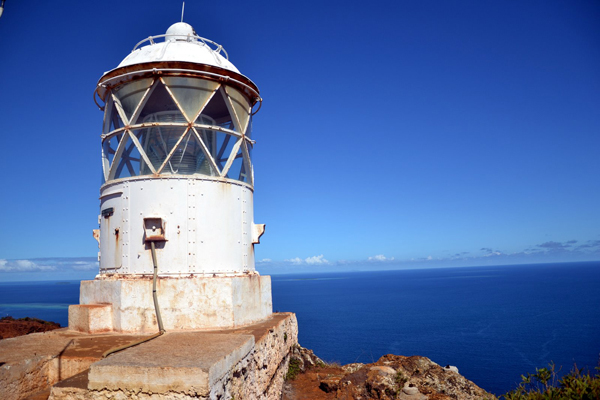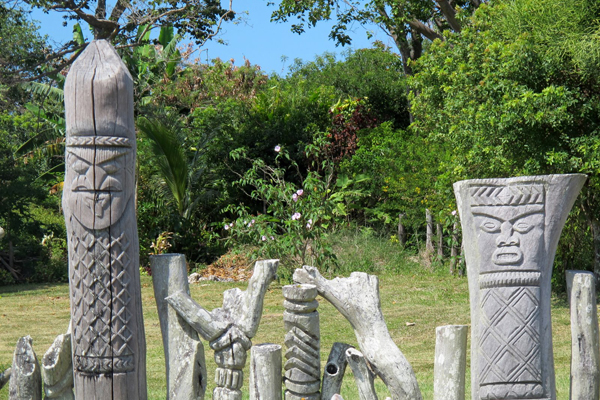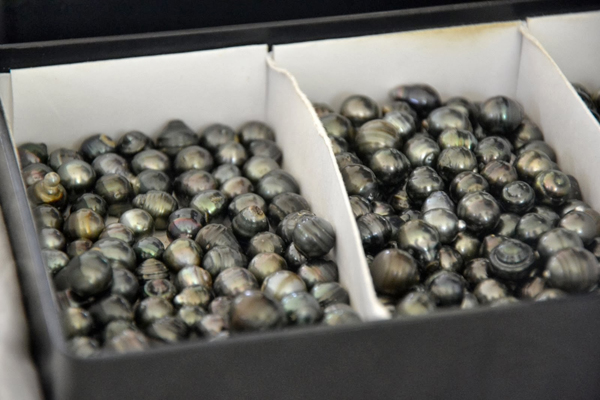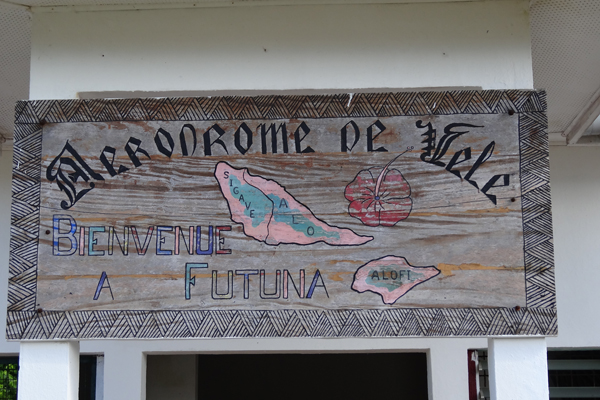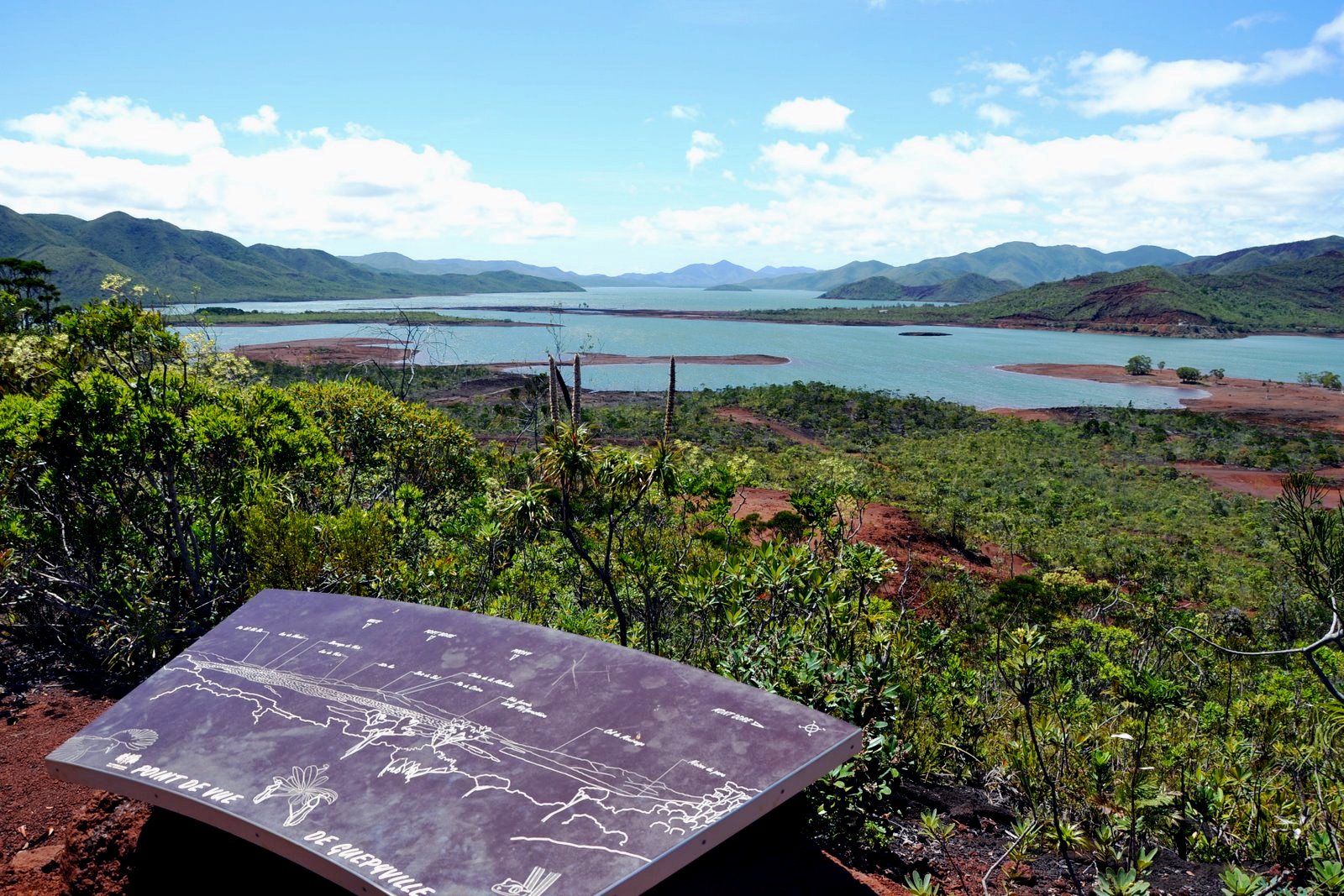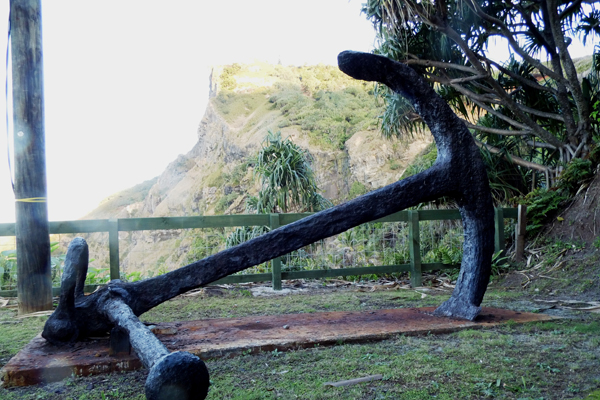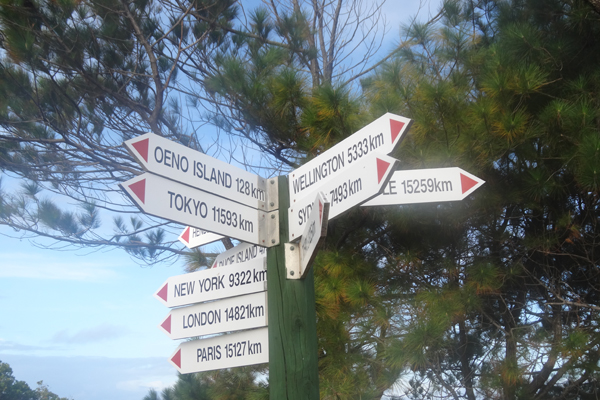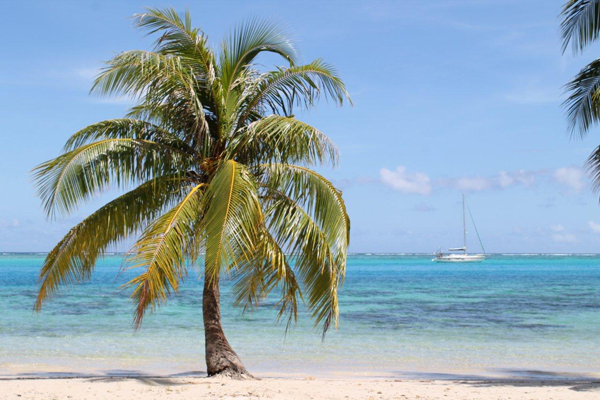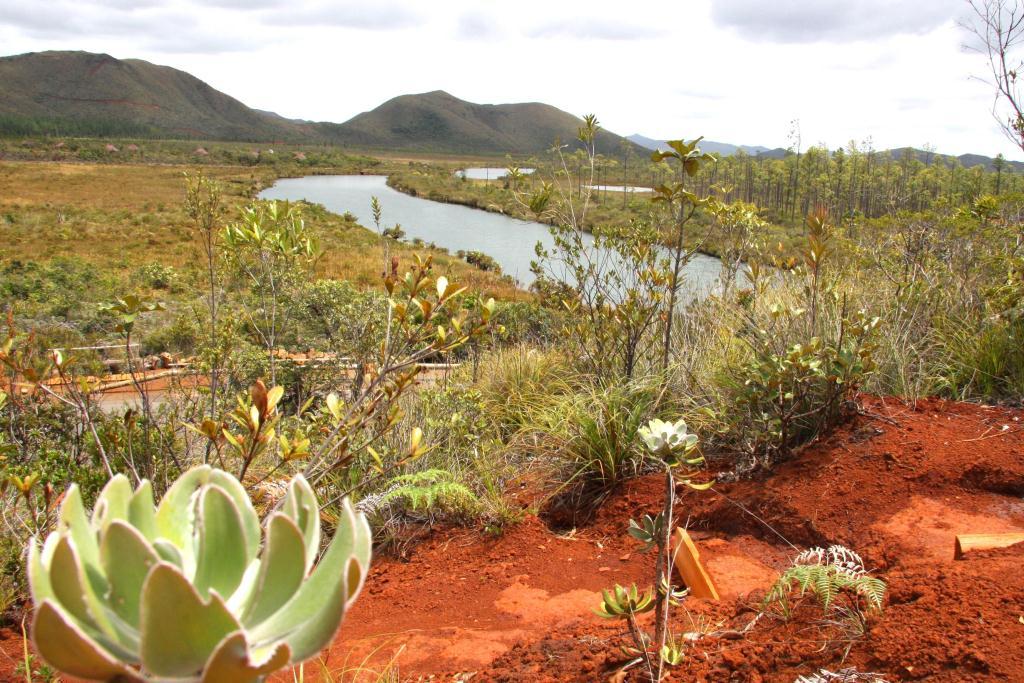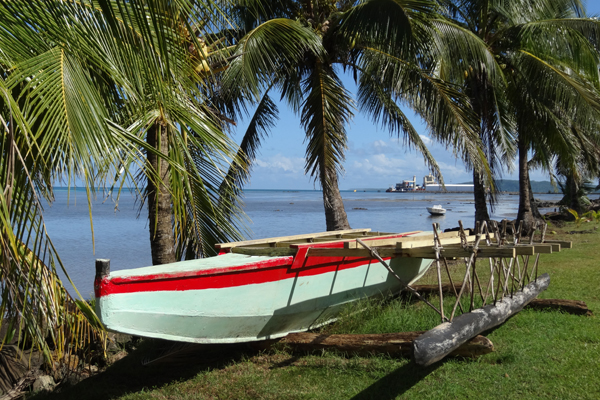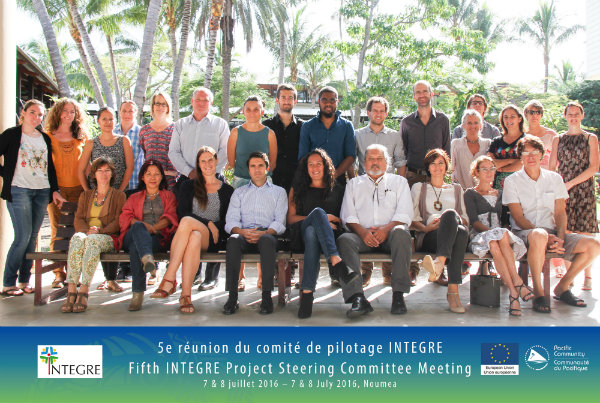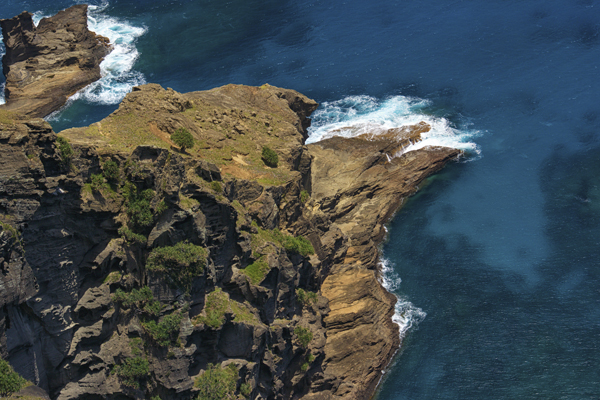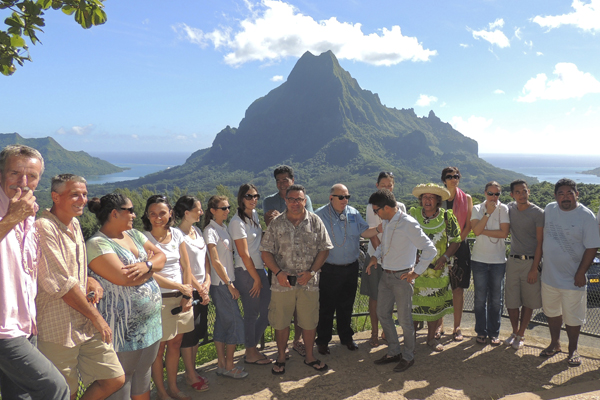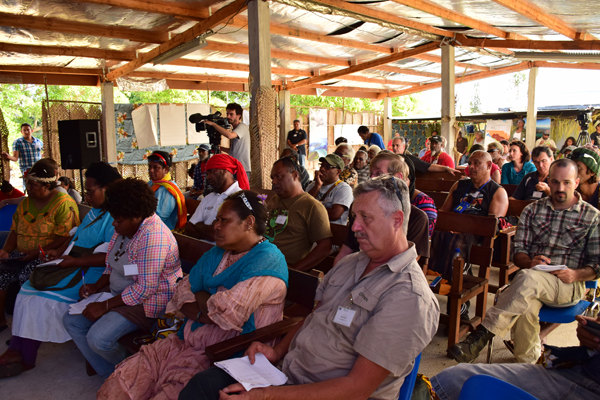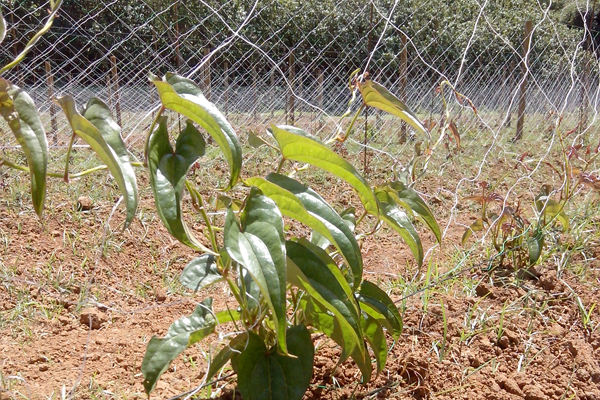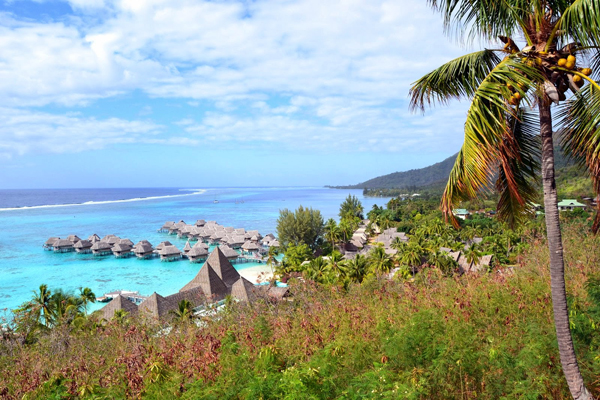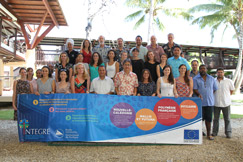Partners

The plan was developed based on the "Guide to designing action plans for each pilot site" with the involvement of the community and the establishment of local committees and a technical office in accordance with project implementation procedures.
The project governance for Wallis and Futuna can be described as follows, based on the implementation document.
Download our livre de portraits d'acteurs de Wallis-et-Futuna
Cross-cutting actions

INTEGRE also implements cross-sector theme-based activities to create bonds between the various pilot sites, help Wallis & Futuna join OCT regional networks and make use of Pacific knowledge.
In transversely across, the project was therefore available in four activities whose was :
1. Improve waste management ;
2. Develop an integrated coastal zone management plan ;
3. Territory Declination of regional initiatives such as the establishment of network of pilot farms organic, regional waste management and adaptation to climate change ;
4. Raise awareness (information and communication campaign on the identified priority issues).

Wallis Island and Lagoon
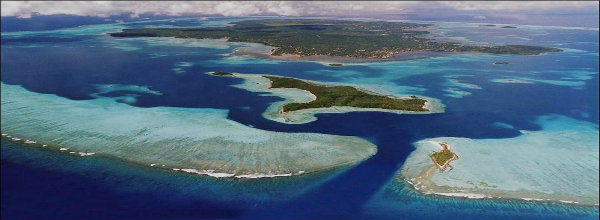
The Wallis pilot site focuses mainly on Uvea Island where a delicately-balanced biological and environmental situation is threatened by a freshwater-stock pollution hazard. INTEGRE supports the authorities, appropriate government departments and local stakeholders involved in preserving the territory’s environment and resources.
INTEGRE is part of a multi-stakeholder networking and consultation process and aims to develop sustainable environmental management in this fragile and remote island group.
The local site committee held a methodology consultation and implementation workshop in February 2014. A SWOT (strengths, weaknesses, opportunities and threats) analysis was carried out as the evaluation and decision-making aid.
This analysis helped better define the project strategy and make future activities more consistent. So the following specific objectives were selected by the Territory for the project site :
- Improve waste management by processing long-standing stocks of hazardous substances and starting up shipping-related businesses ;
- Preserving the shoreline from erosion caused by manmade pressure from sand quarrying for construction purposes ;
- Develop an integrated coastal management plan to curb the overuse of marine resources (shellfish, sea cucumbers and fish) ;
- Educate the community about sustainable development (information and communications campaigns on priority topic, in particular pollution) ;
- Preserve water resources, as the water table,the island’s only water source, is fragile.
The first two objectives are related as improving the waste processing system will lessen the risk of irreversibly polluting the water table, thereby addressing two of the territory’s priority issues.
Futuna

On Futuna, the natural biological and environmental equilibrium is essentially under pressure from pollution-related hazards. INTEGRE supports the authorities, appropriate departments and local stakeholders involved in preserving the territory’s environment and resources. More details are provided below.
INTEGRE is part of a multi-stakeholder networking and consultation process and aims to develop sustainable environmental management in this fragile and remote island group.
The local site committee held a methodology consultation and implementation workshop in February 2014. A SWOT (strengths, weaknesses, opportunities and threats) analysis was carried out as the evaluation and decision-making aid.
The assessment helped better define the project strategy and keep future activities consistent. The following specific objectives were selected by the territory for the site’s projects :
- Improve waste management by processing long-standing stocks of hazardous substances and starting up shipping-related businesses ;
- Preserve water resources and freshwater biodiversity. The structures in Leava and Vainifano rivers for water supply and hydroelectricity purposes prevent endemic goby fish from migrating naturally ;
- Preserve marine biodiversity by the curbing sediment pollution caused by watershed erosion from bush clearance, random earthworks and crops planted on hillsides and by reducing the ciguatera hazard ;
- Develop an integrated coastal management plan ;
- Awareness training for all stakeholders involved in freshwater management and area planning as well as the community to curtail pollution-causing behaviour (information and outreach campaigns on waste, sewage, farming practices and earthworks).
The first two objectives are related as improving the waste processing system will lessen the risk of irreversibly polluting the island’s water courses and soil, thereby addressing two of the territory’s priority issues.
The project in Wallis and Futuna
The action plan in Wallis-and-Futuna presents the sustainable development projects that were conducted with local stakeholders in Wallis-and-Futuna.
It focuses on three pilot sites, i.e. Wallis Island and Futuna Island.
All Events
- 31 May 2018
Regional Actions
Présentation du projet INTEGRE au Sénat
L’équipe INTEGRE a présenté le projet au colloque sur la biodiversité du vaste Pacifique
- 30 May 2018
Regional Actions
Présentation du projet INTEGRE au sous-comité du CRGA de la CPS
L’équipe INTEGRE a présenté le volet régional "Réseau de fermes pilotes bio" dans les séances thématiques "Changement climatique et résilience / gestion des risques de catastrophe"
- 11 April 2018
Regional Actions
Présentation du projet INTEGRE au chef de la délégation de l'UE dans le Pacifique
A l’occasion de la visite officielle en Nouvelle-Calédonie de Monsieur Julian Wilson, chef de la délégation de l’UE dans le Pacifique, la CPS a invité les autorités et les partenaires de Nouvelle Calédonie à visiter l’exposition INTEGRE.
- 22 March 2018
Wallis and Futuna
Clôture du projet INTEGRE Wallis et Futuna
L’équipe INTEGRE de Wallis et Futuna a animée la réunion du 12eme Conseil Territorial de l'Environnement et du Développement Durable afin de dresser le bilan technique et financier des actions du projet.
- 15 March 2018
French Polynesia
Clôture du projet INTEGRE à Raiatea - Tahaa
L’équipe INTEGRE s’est rendue à la rencontre des partenaires du projet pour clôturer le projet sur le site pilote de Raiatea Tahaa pendant 3 jours.
